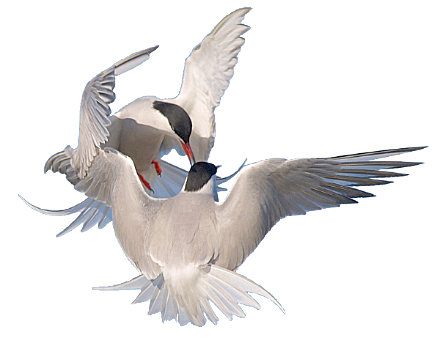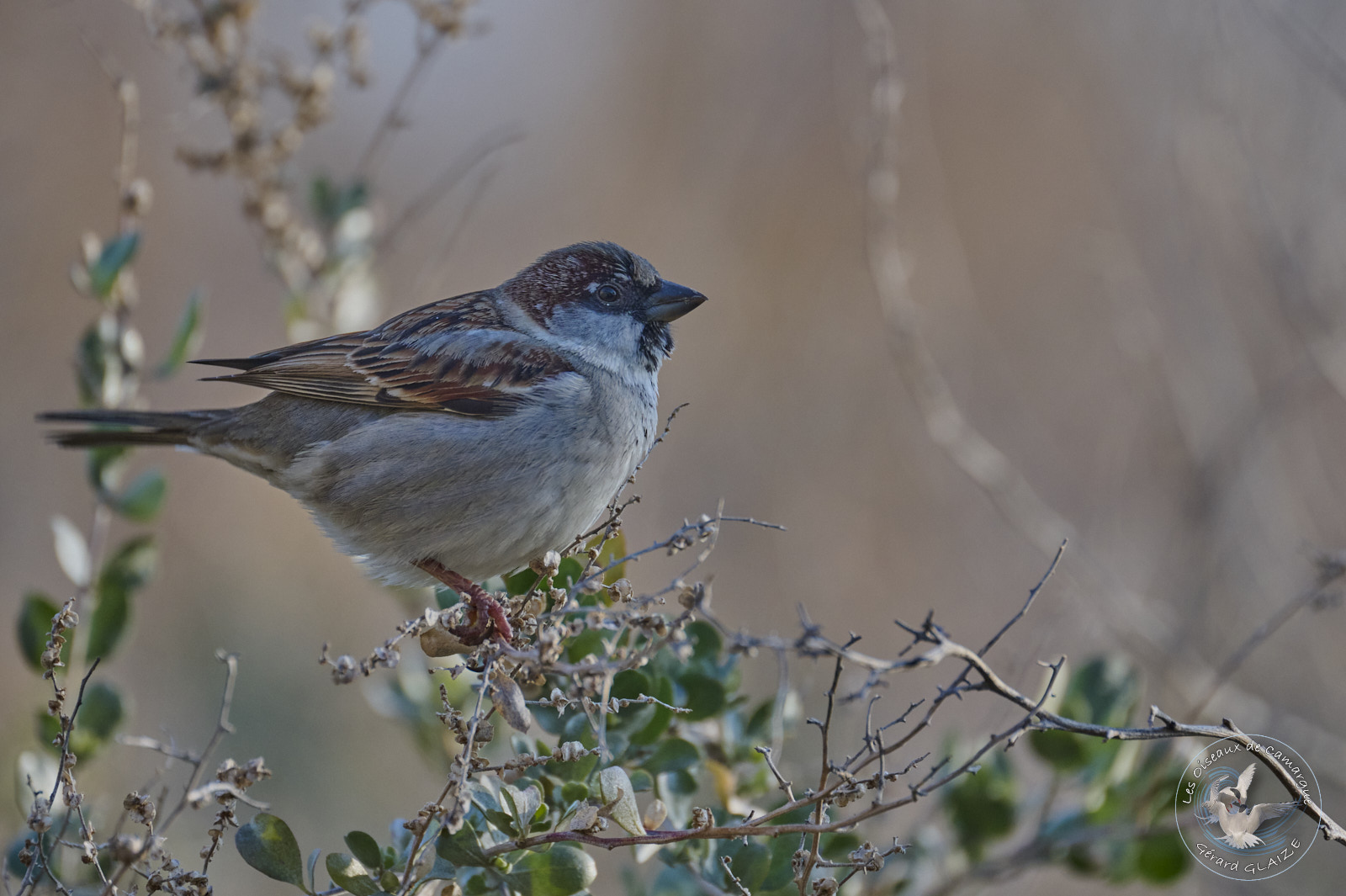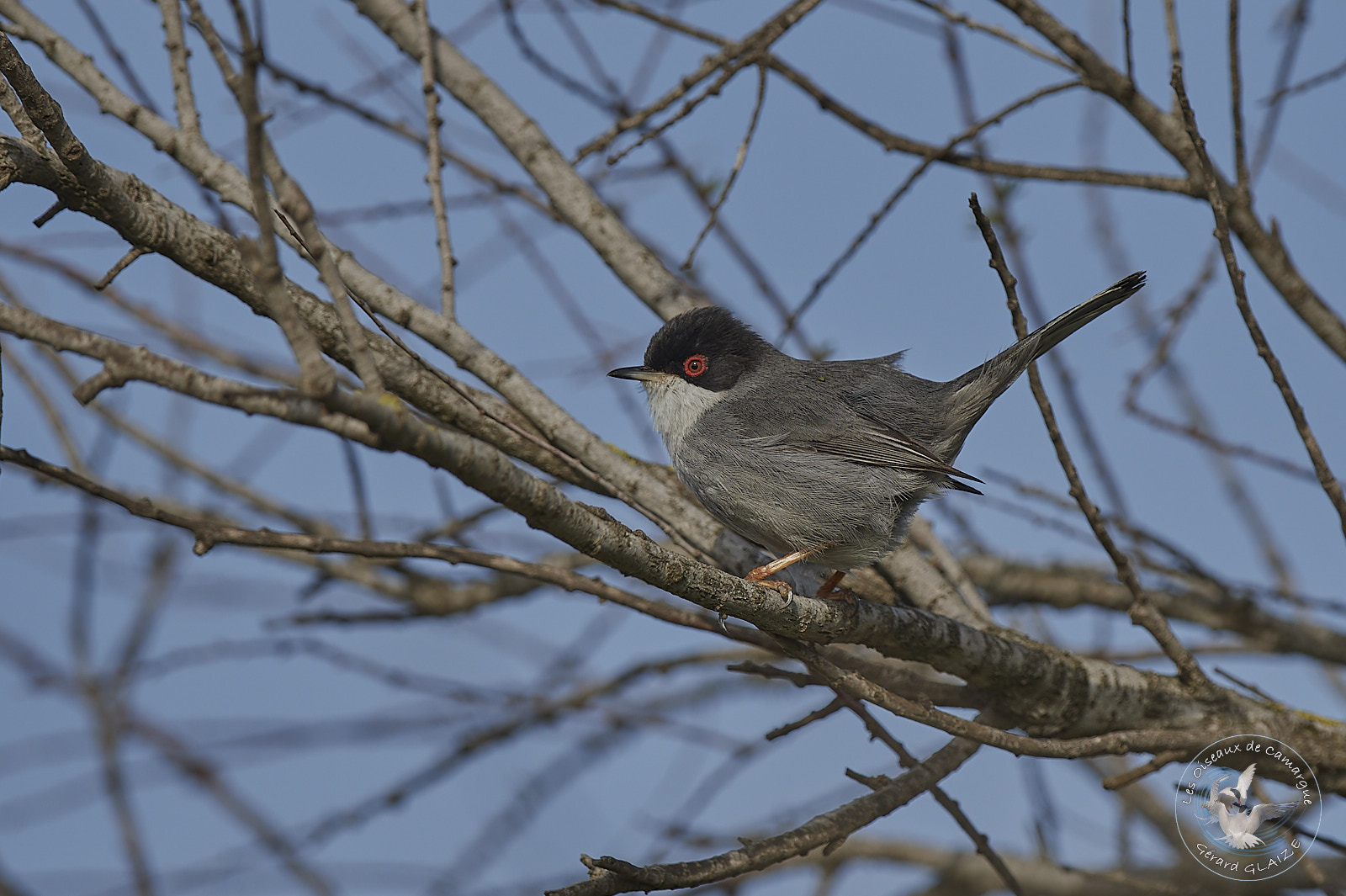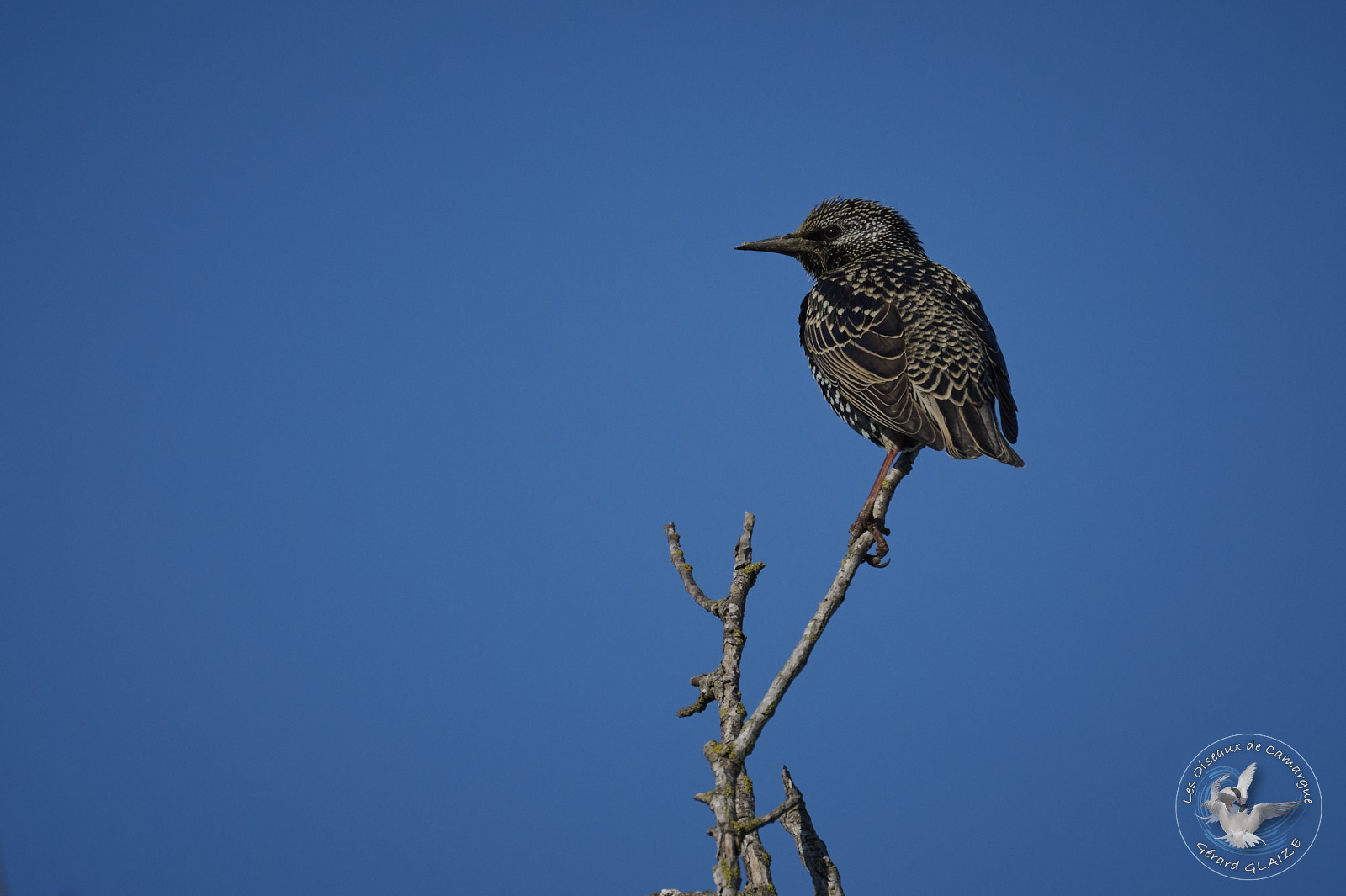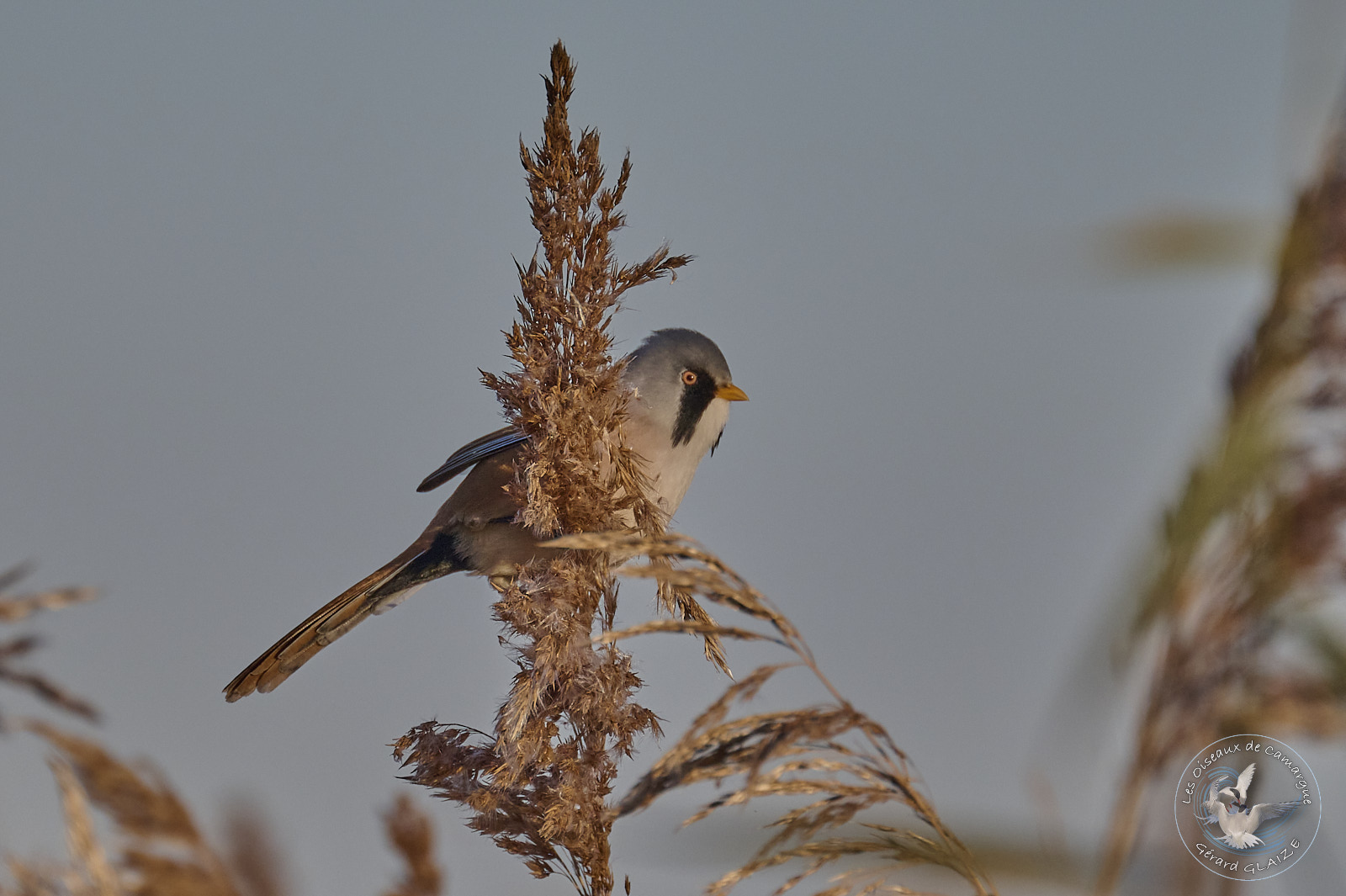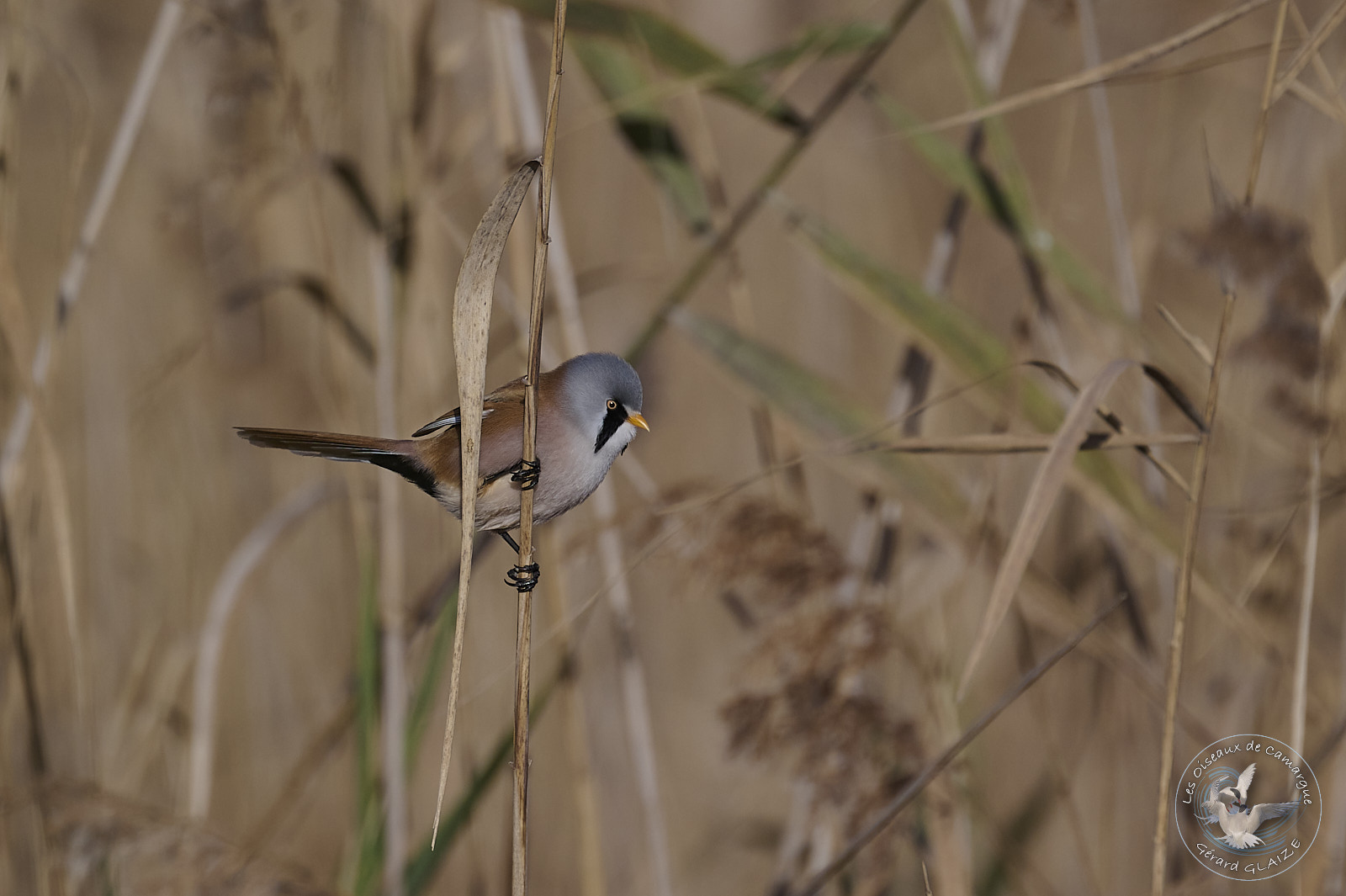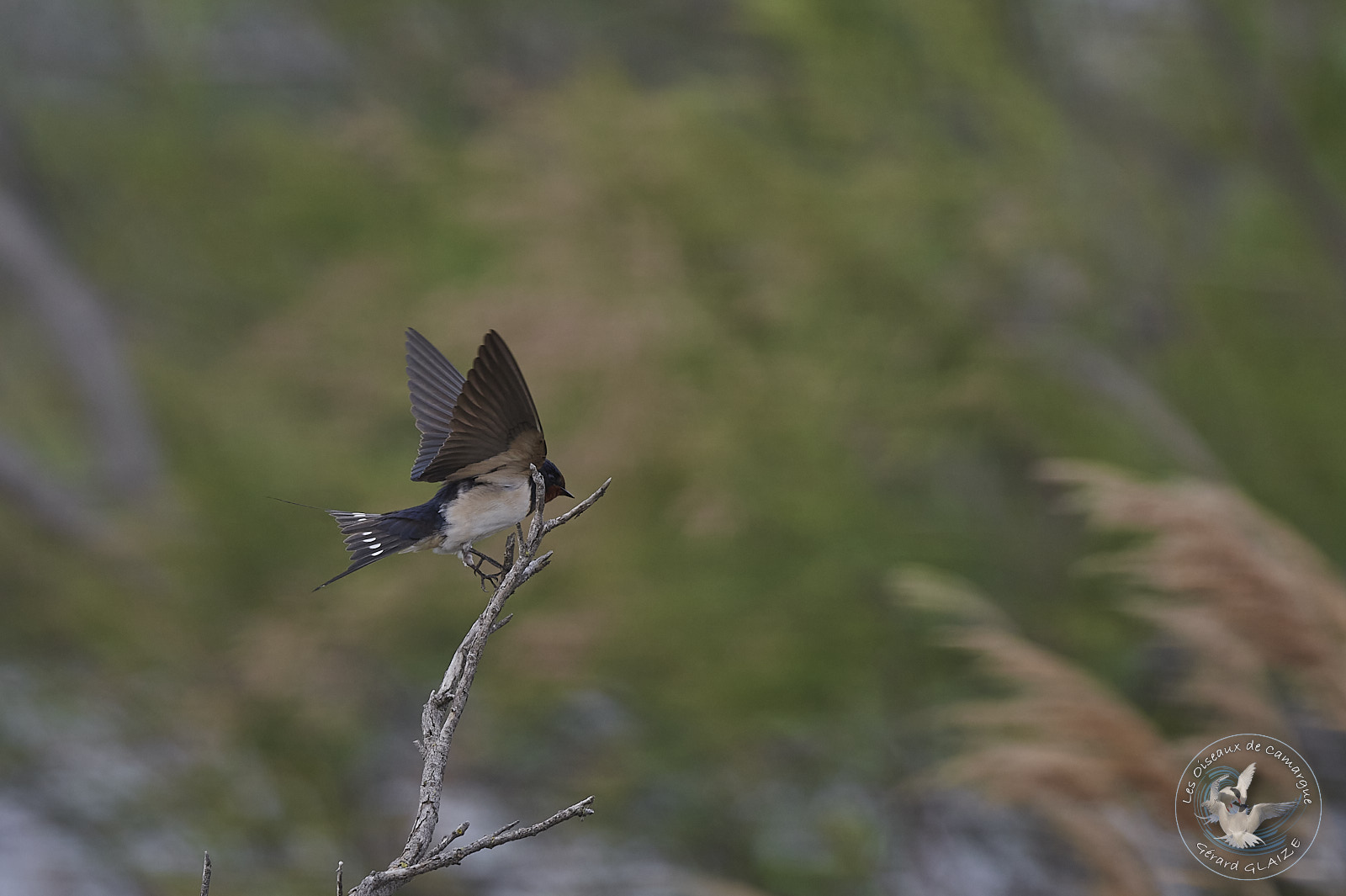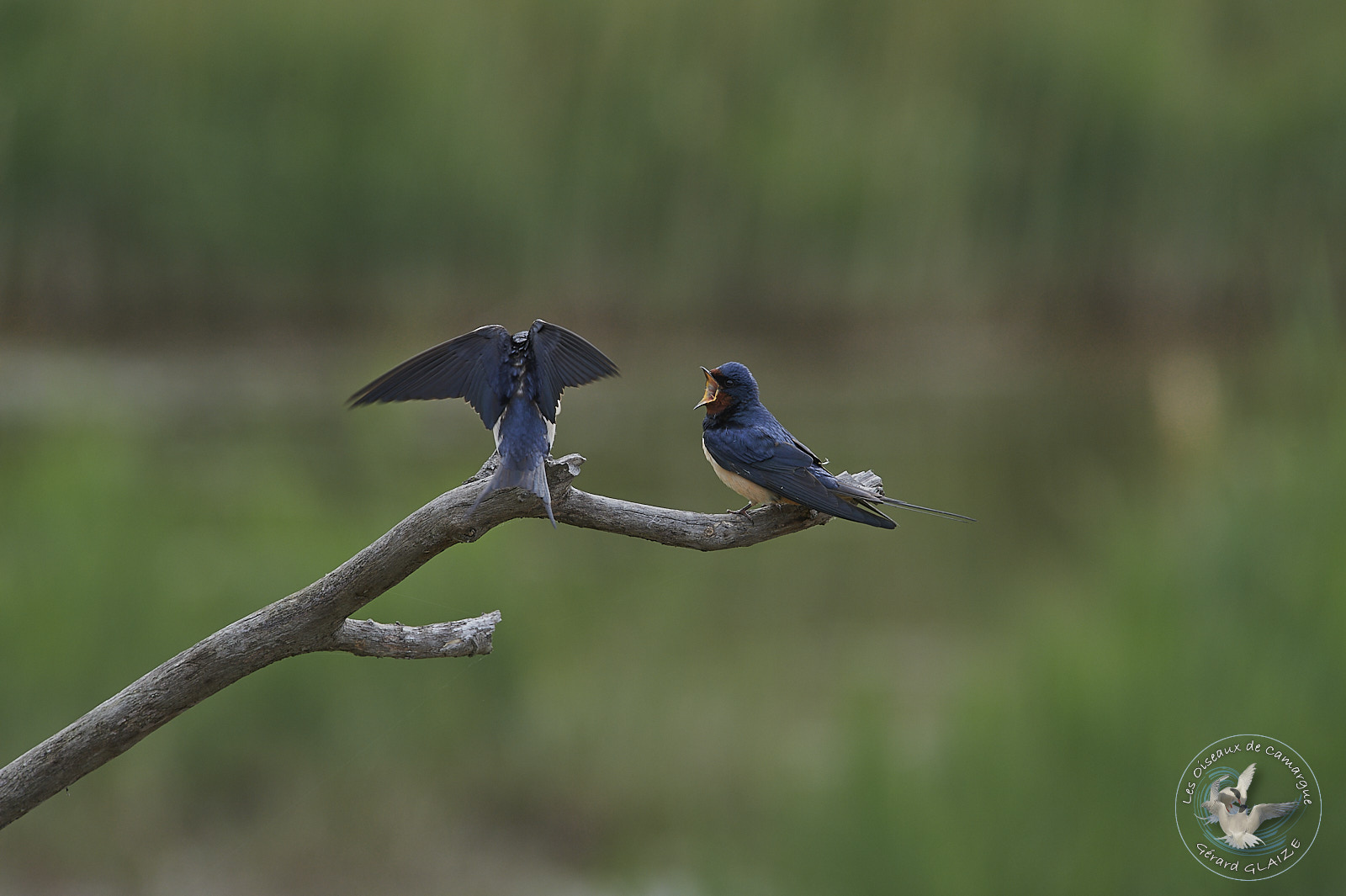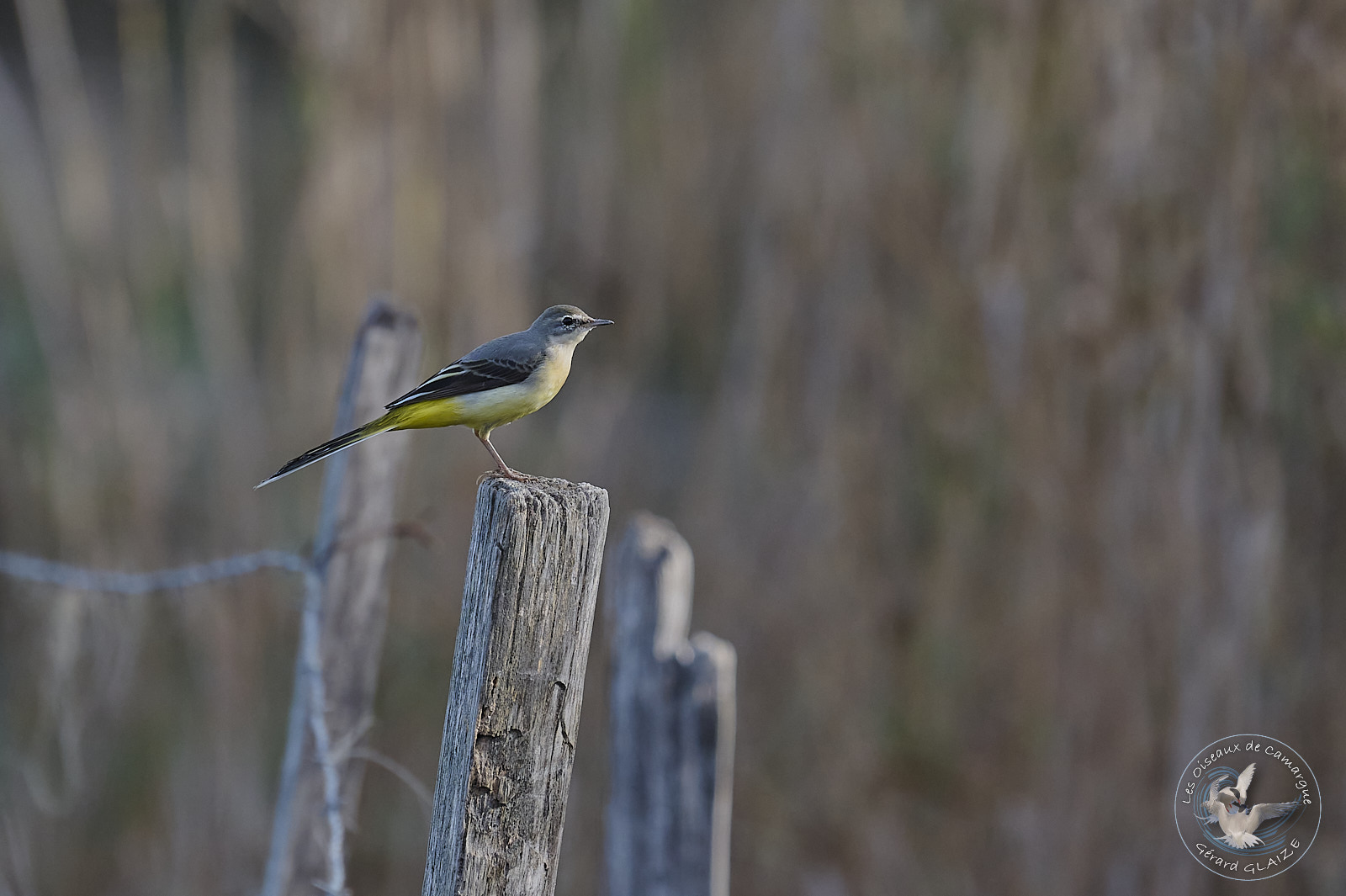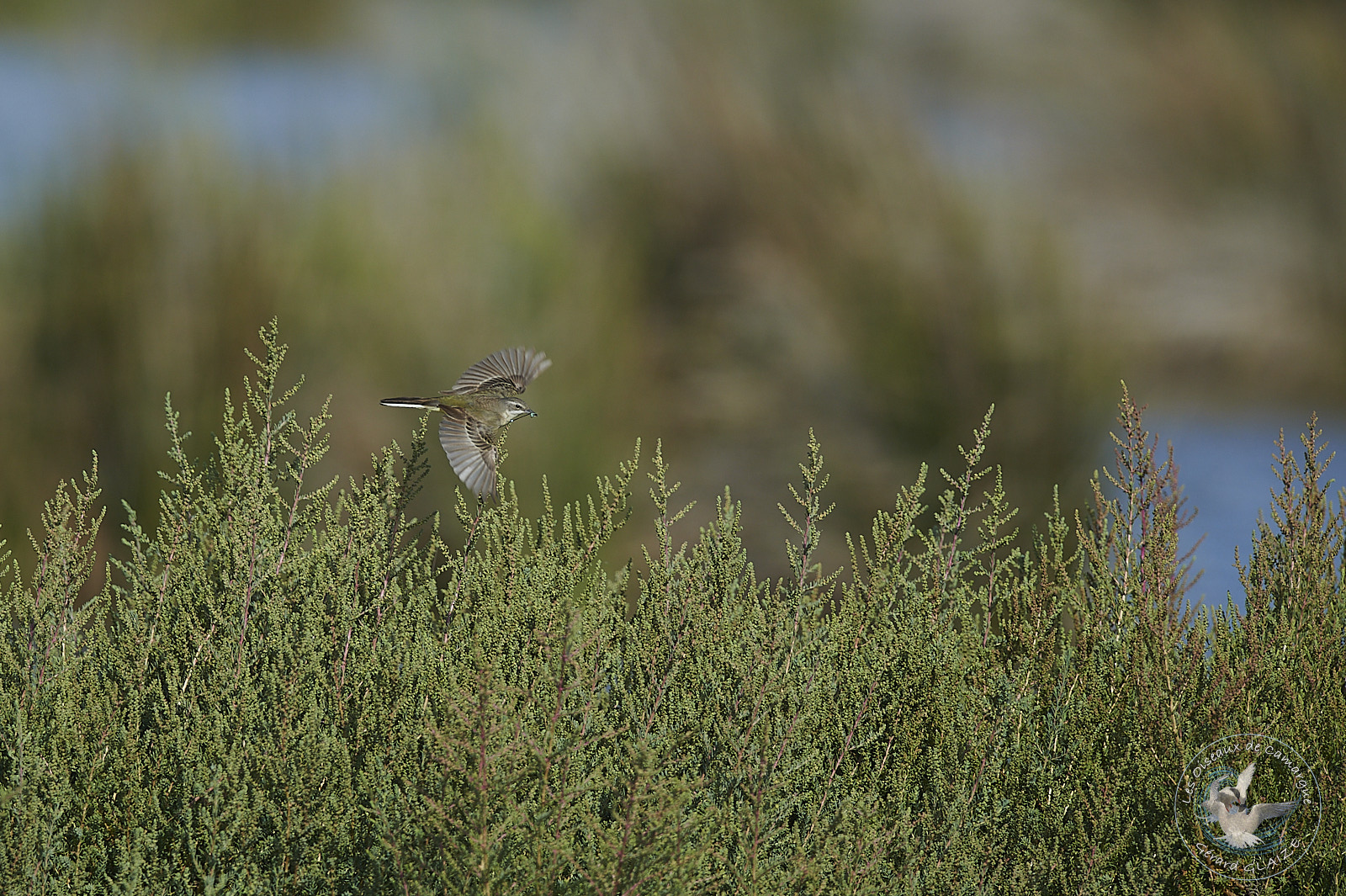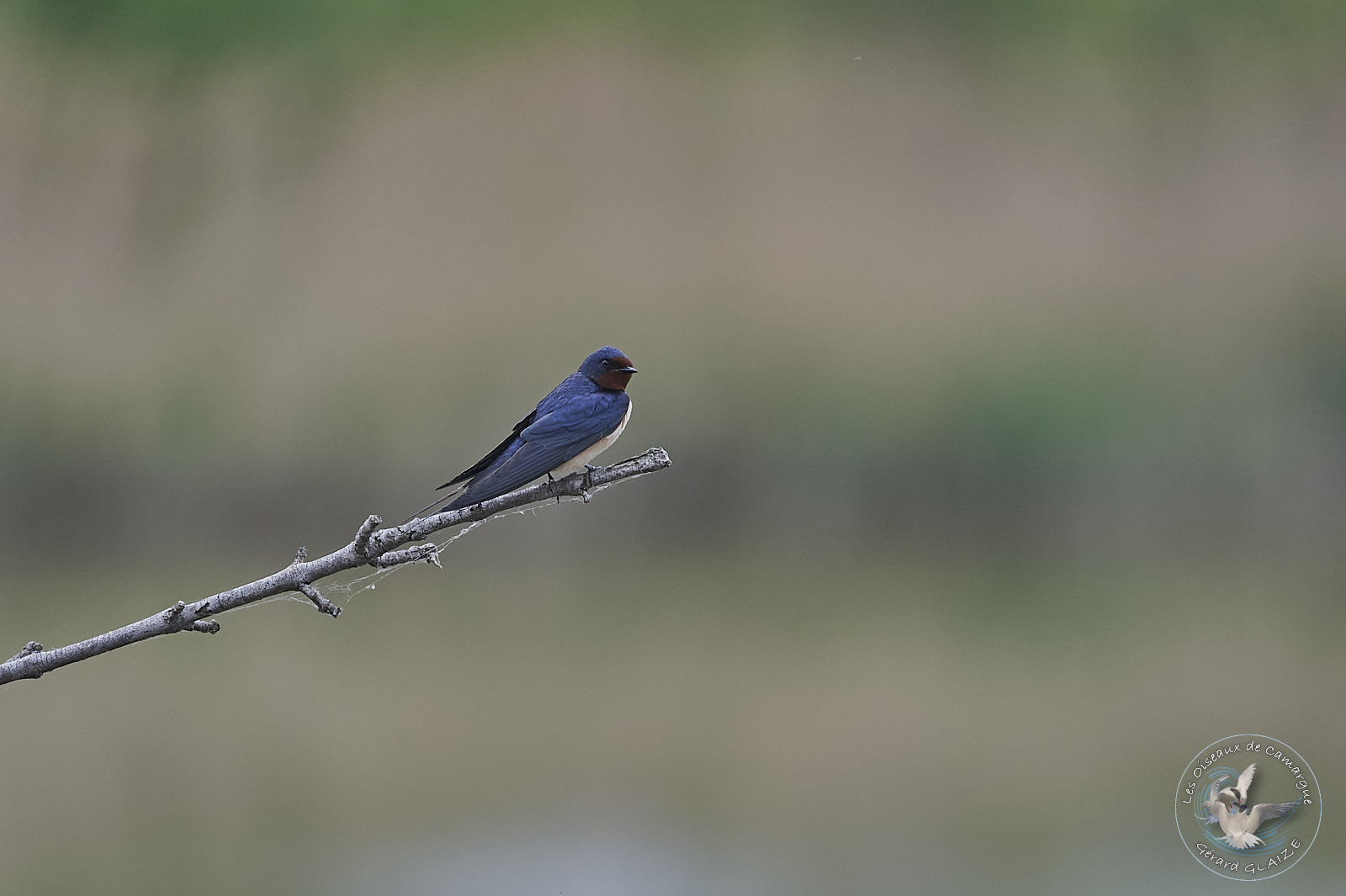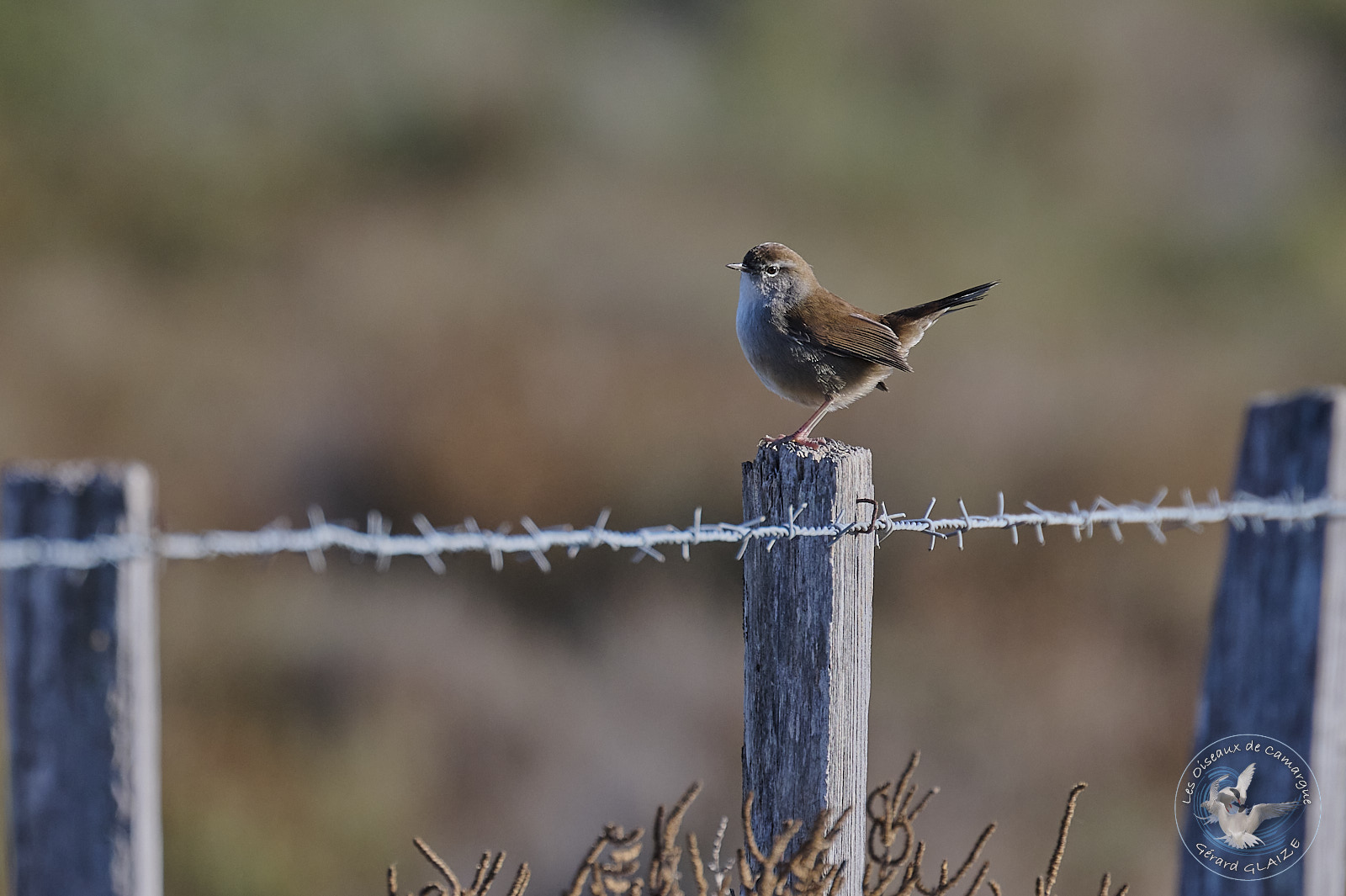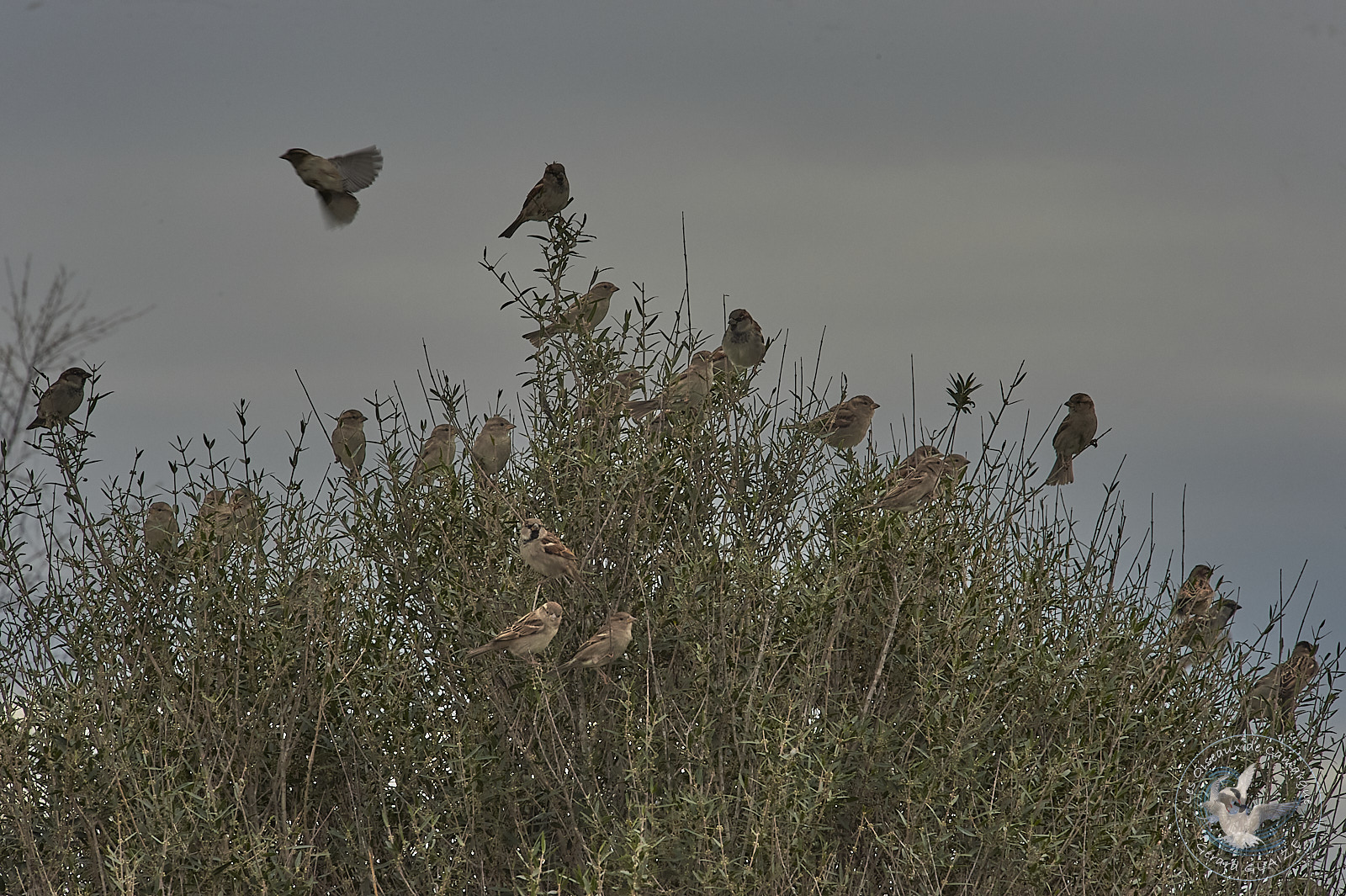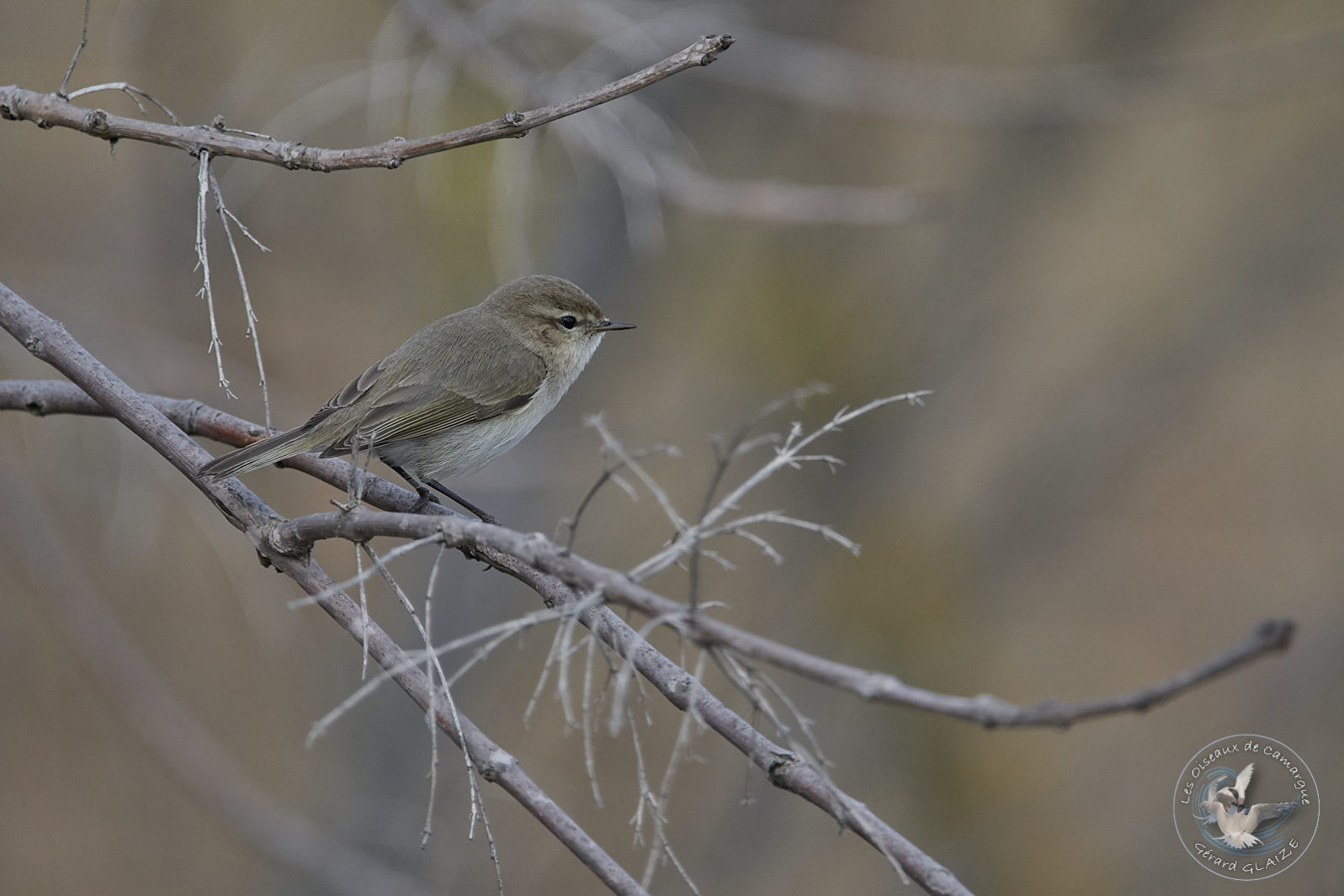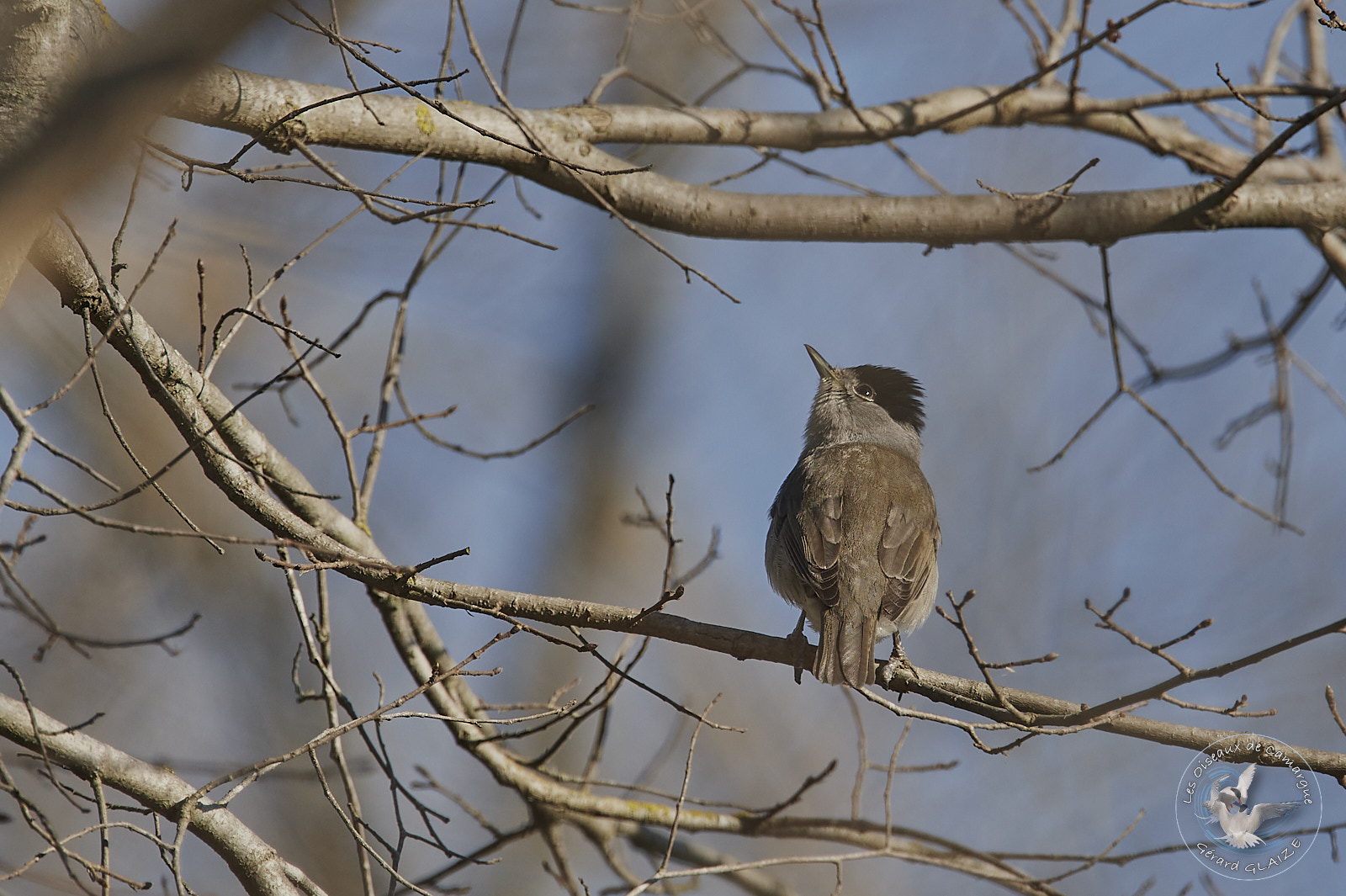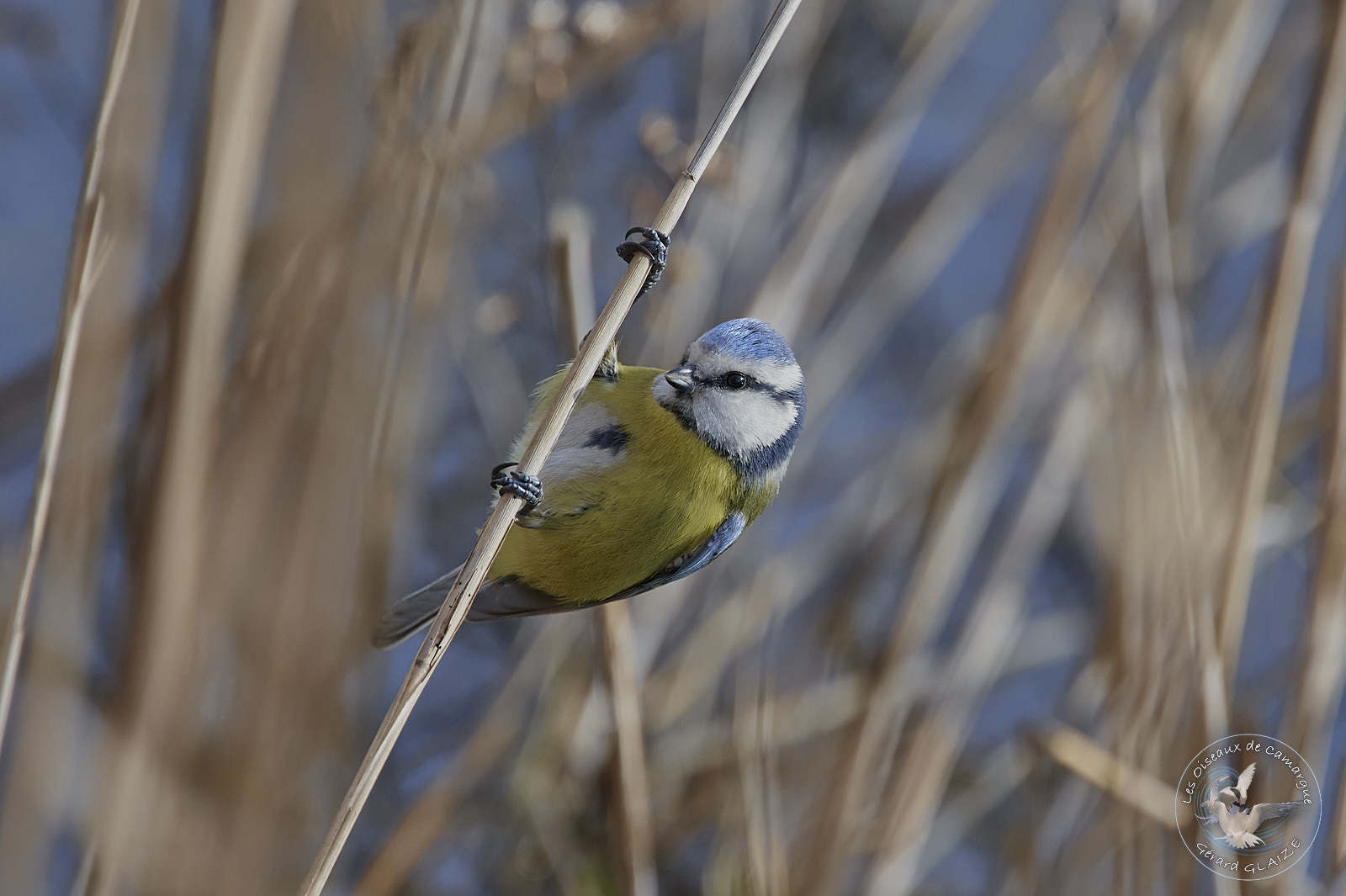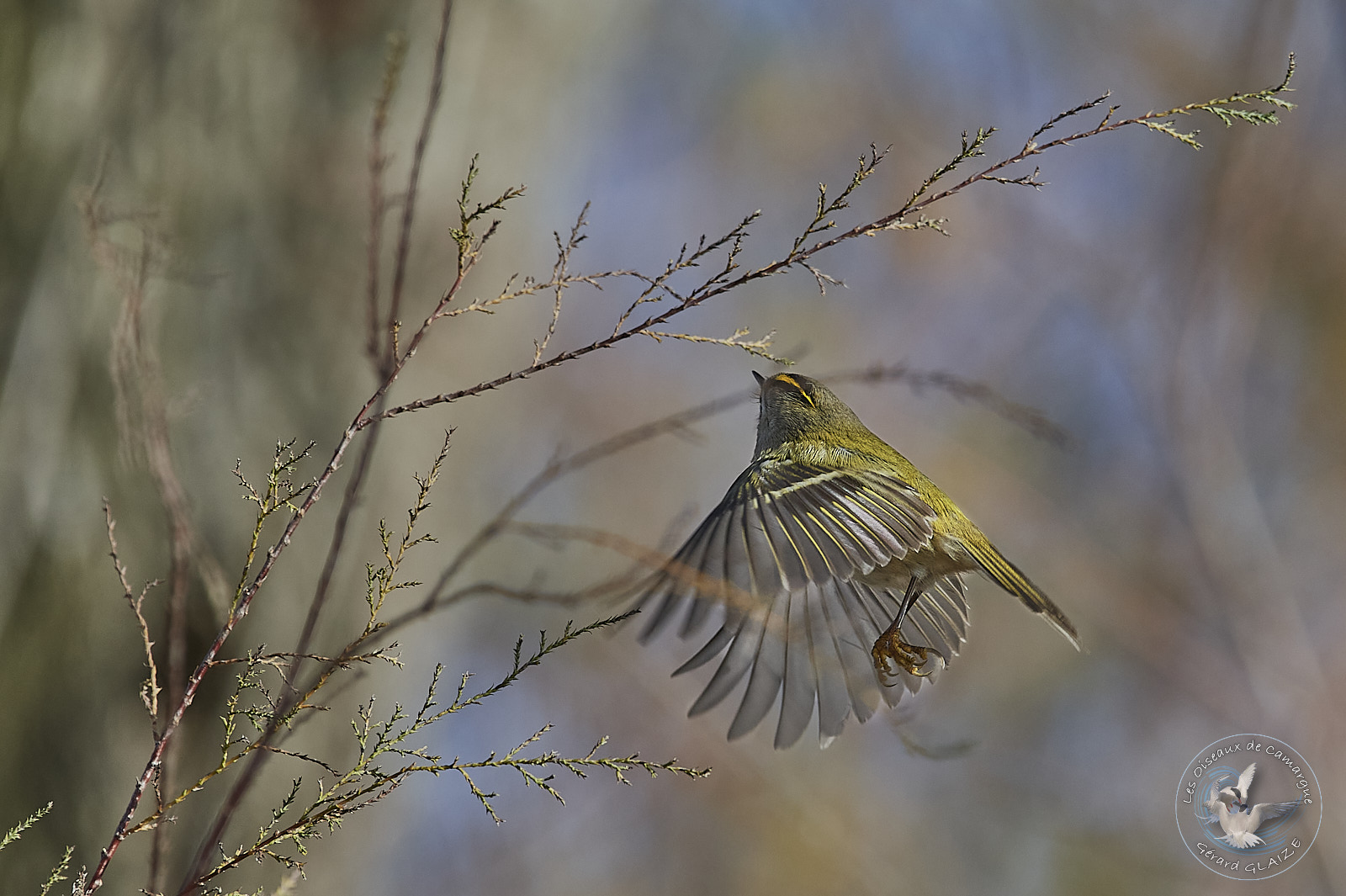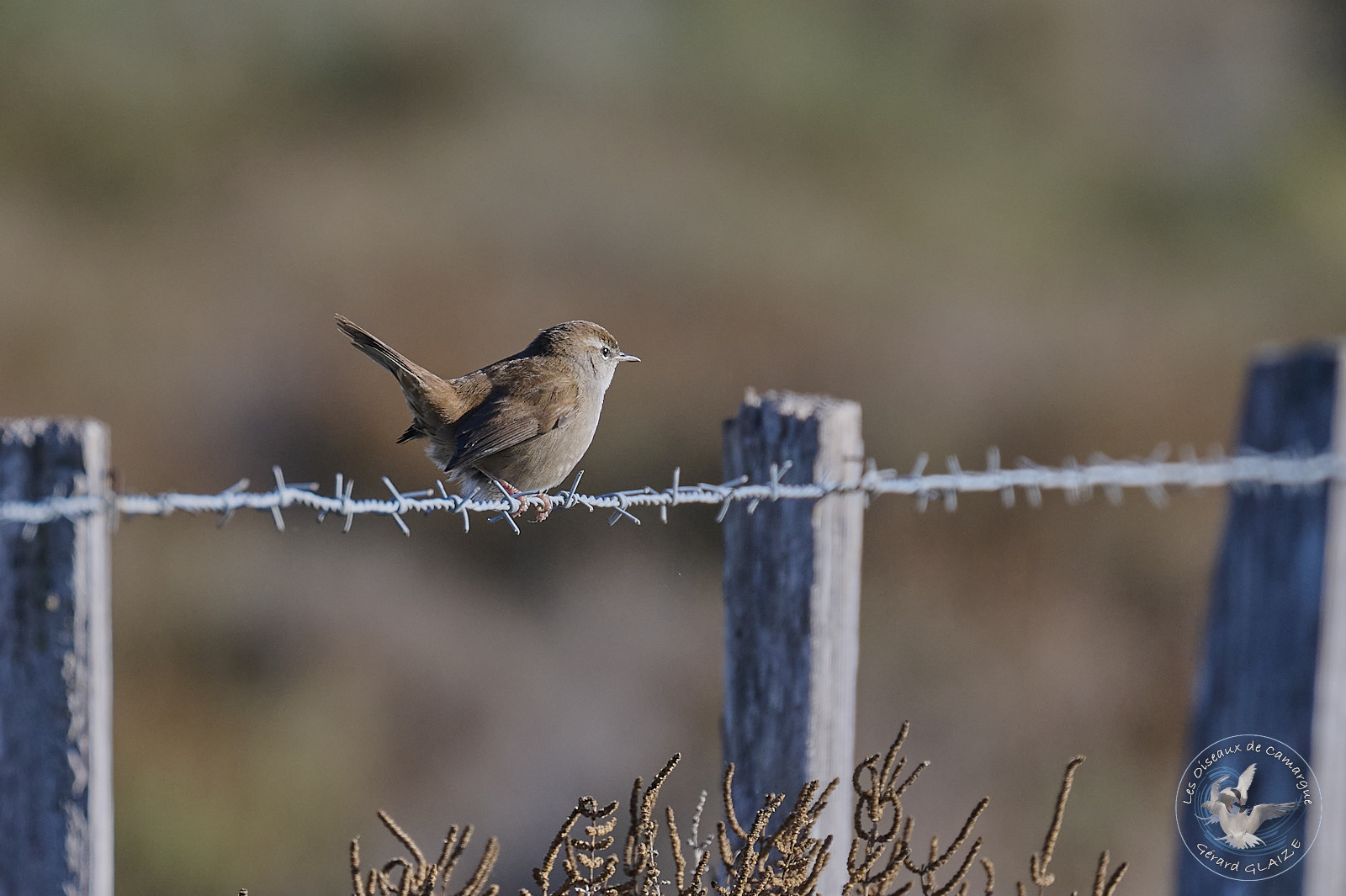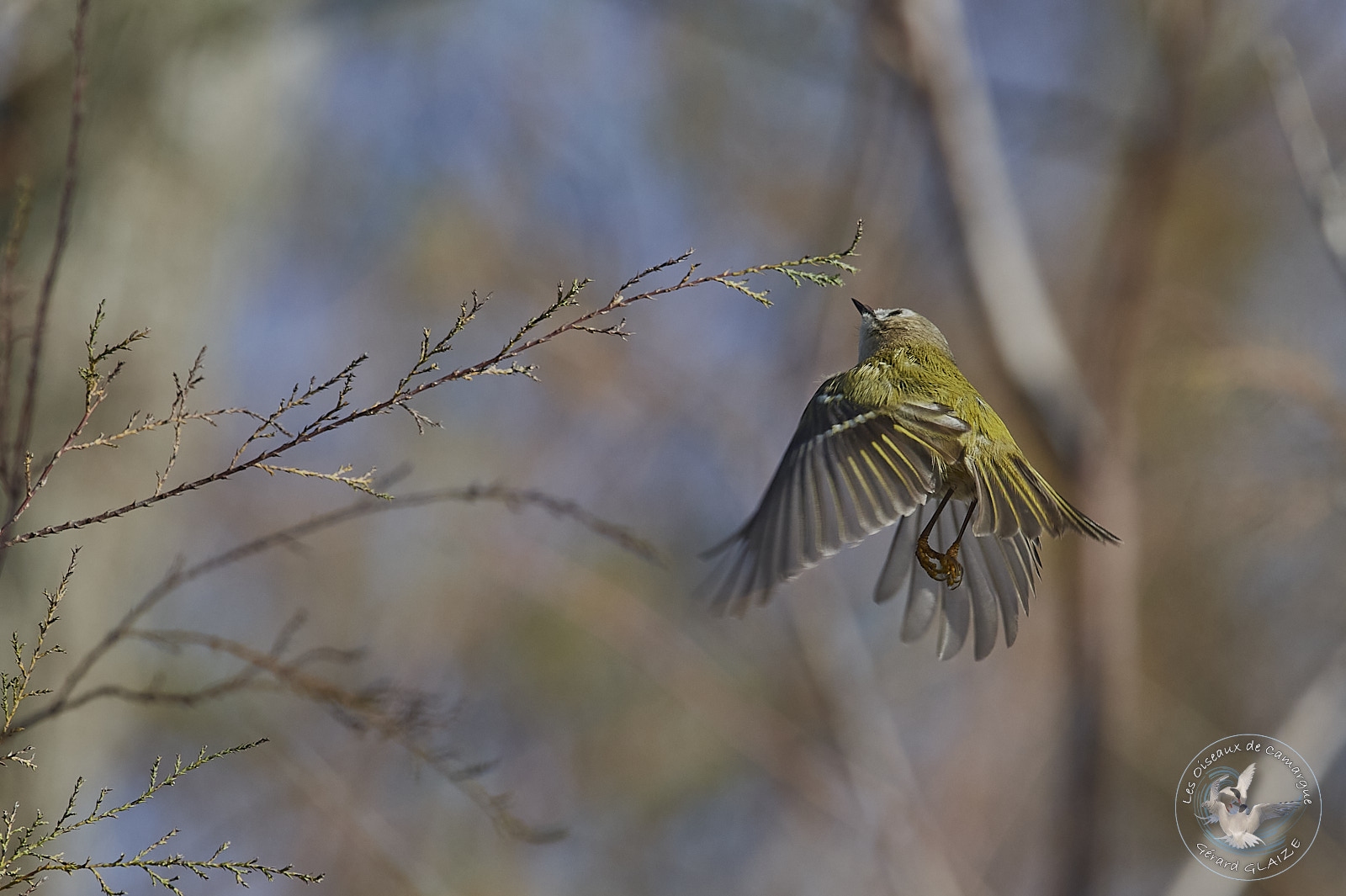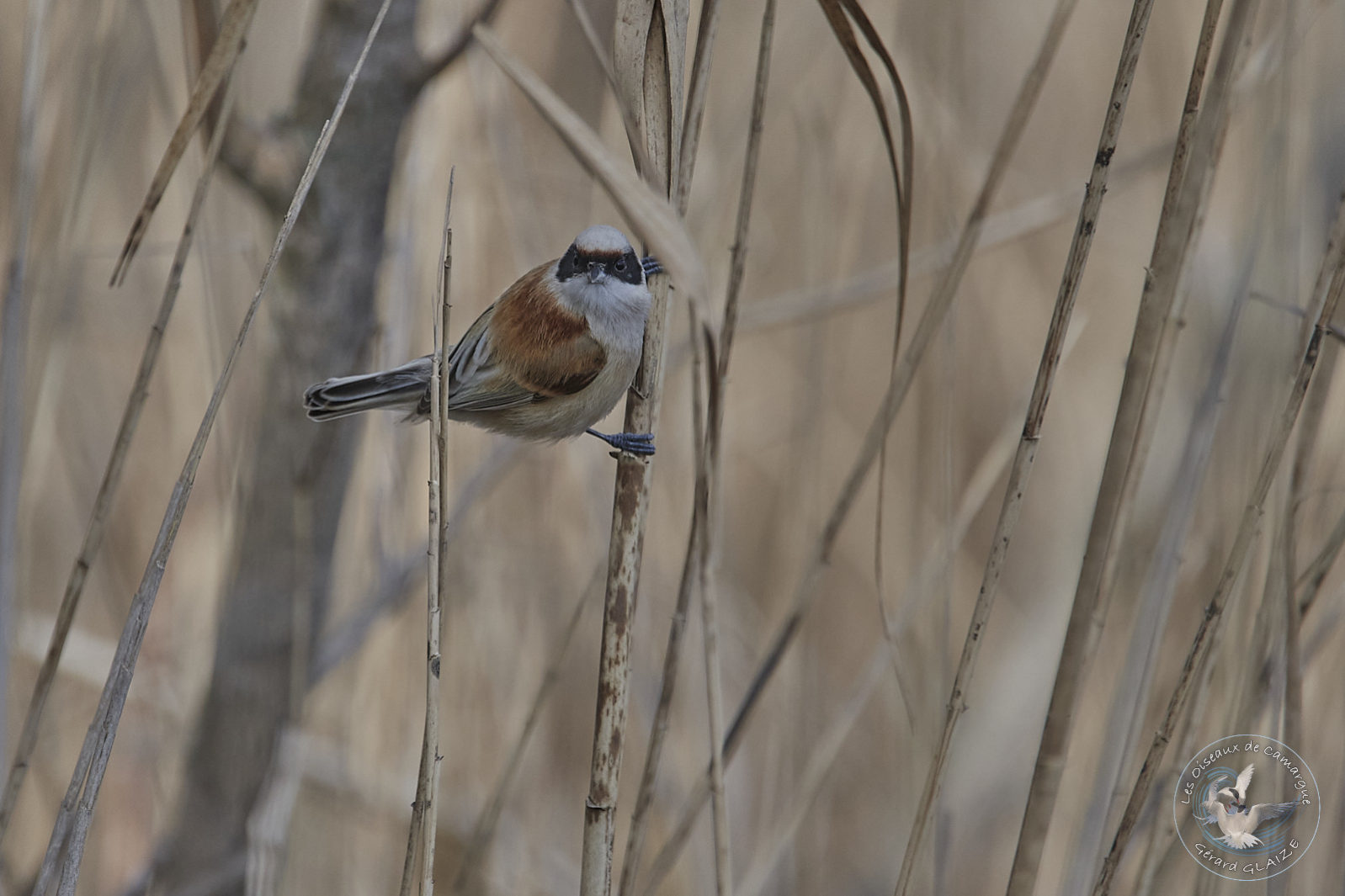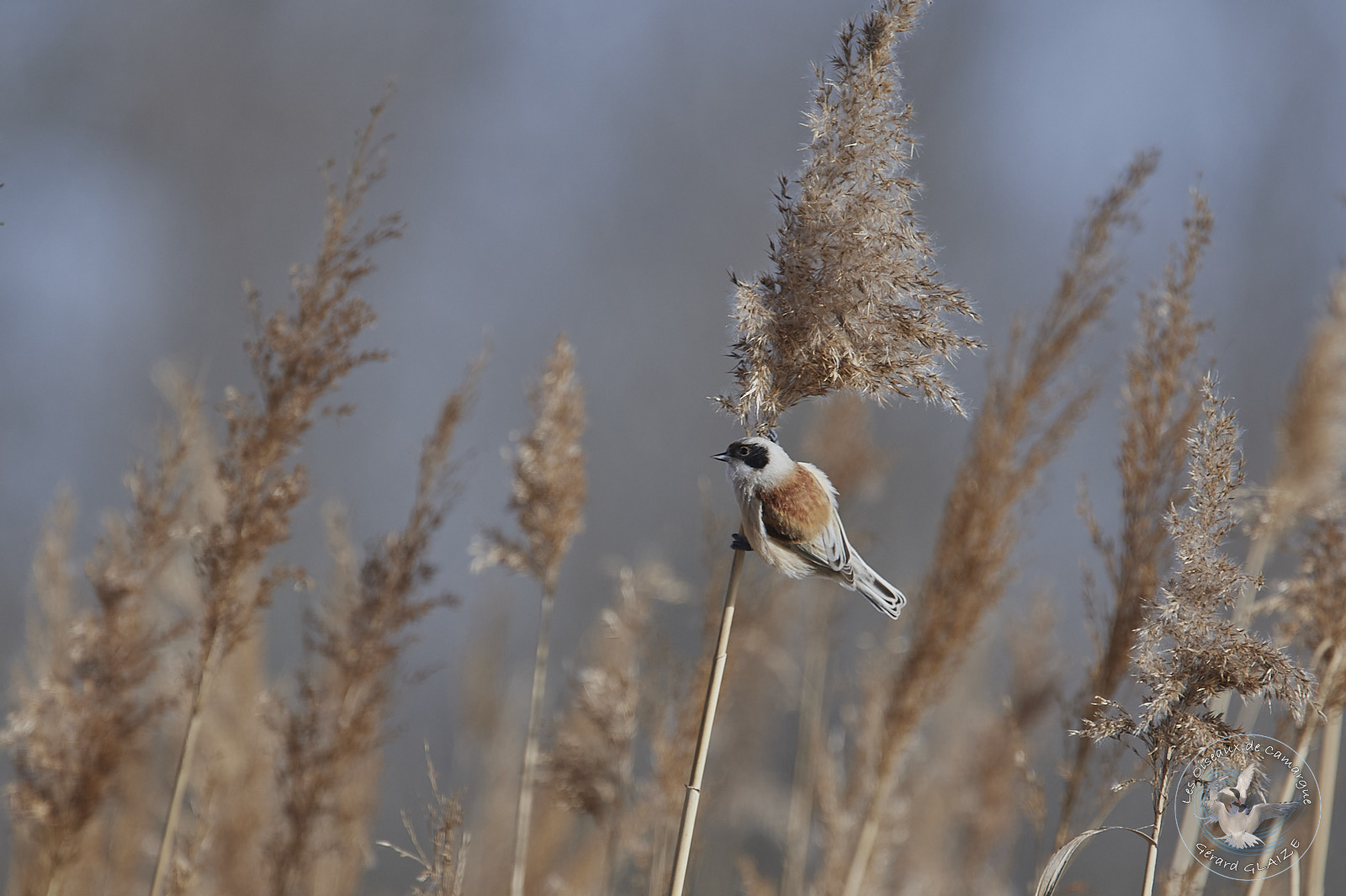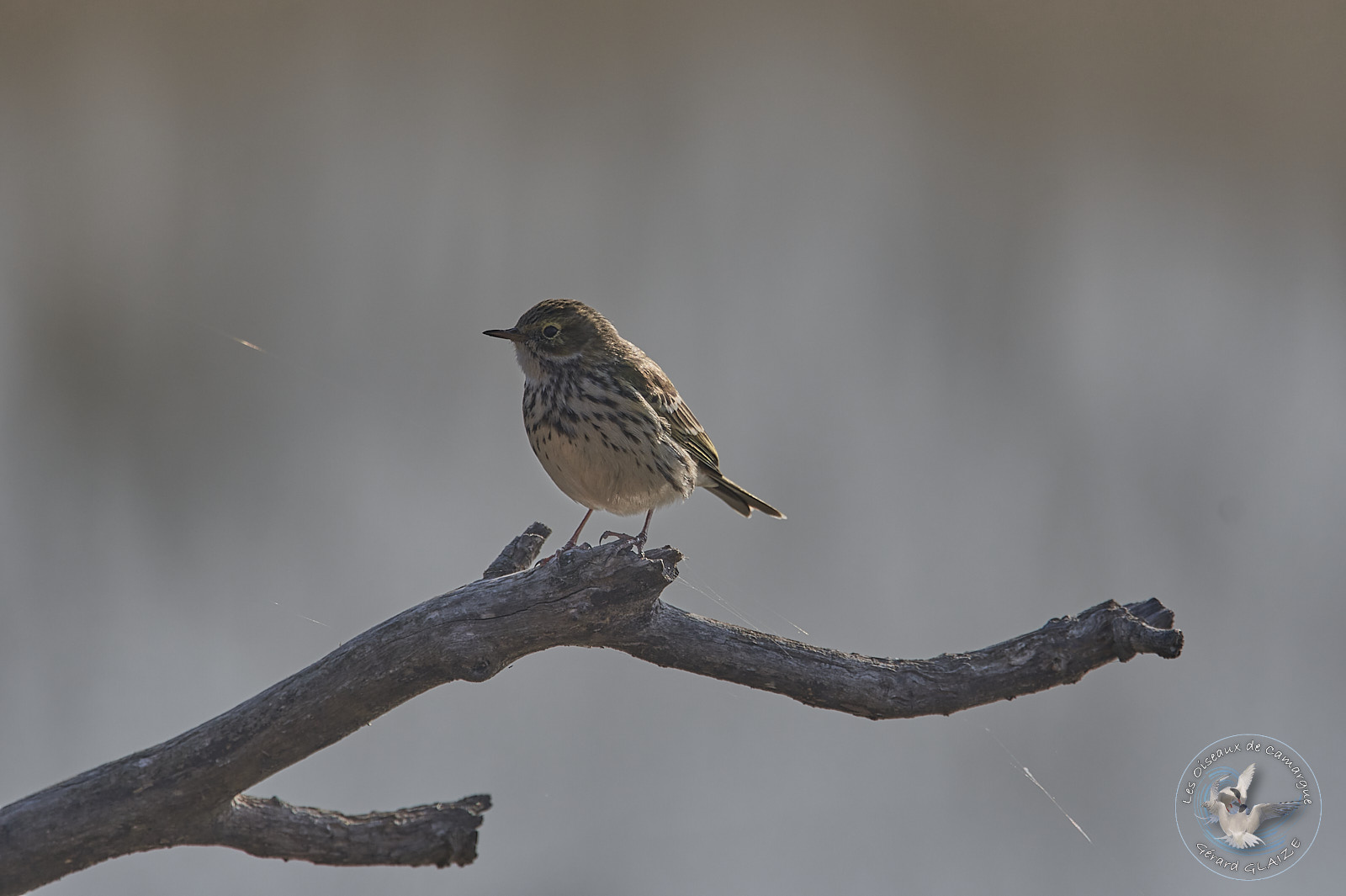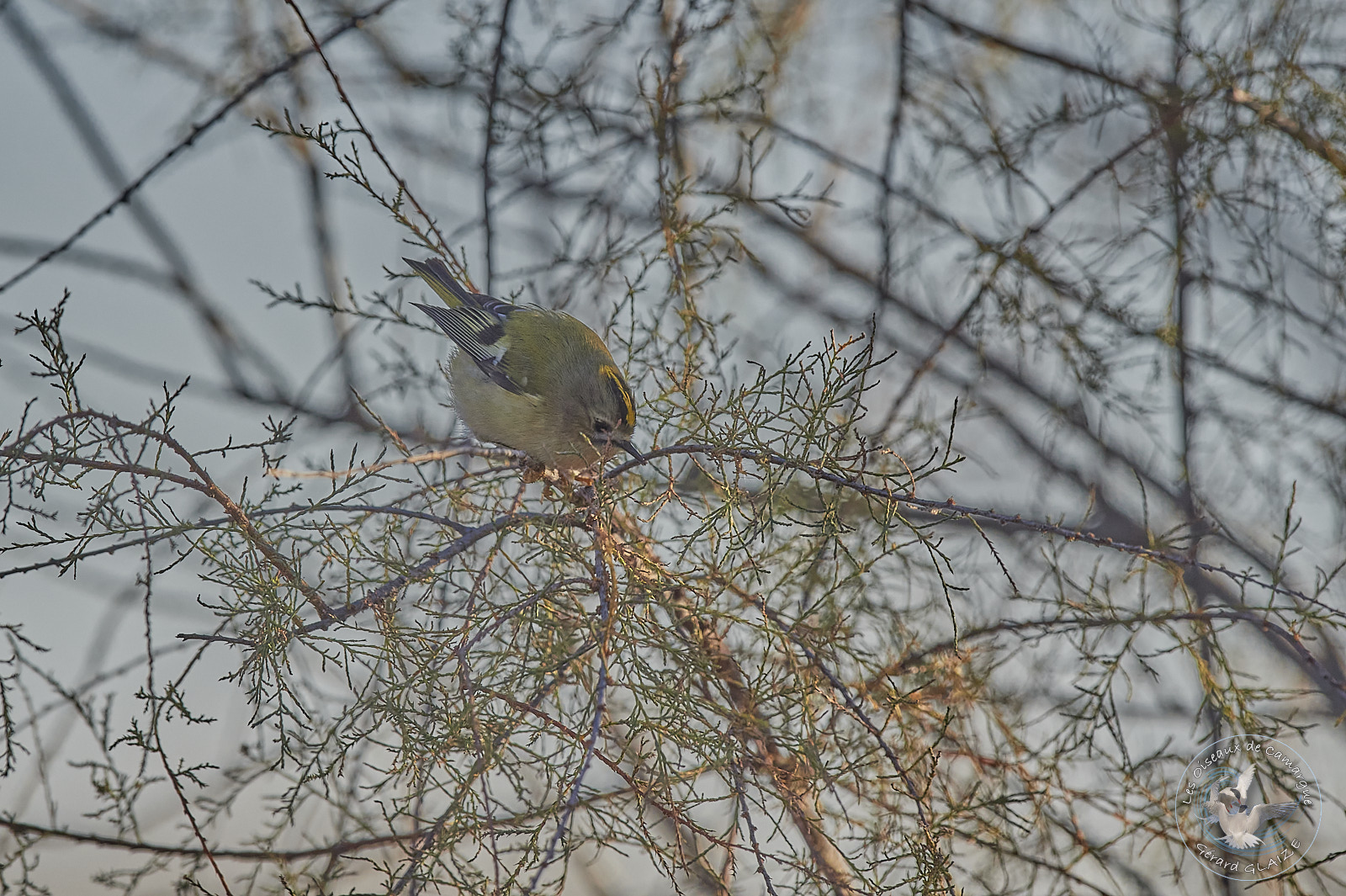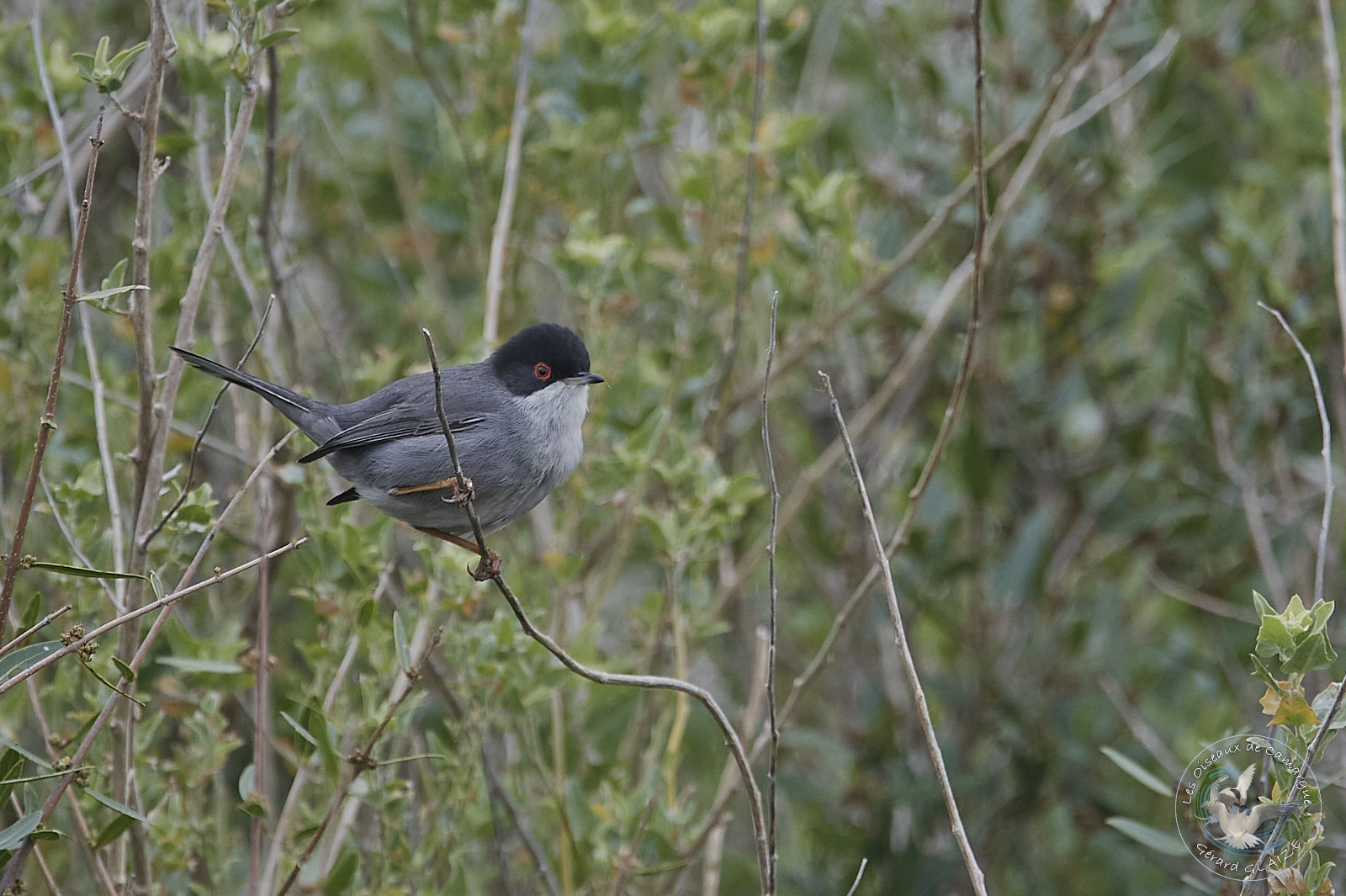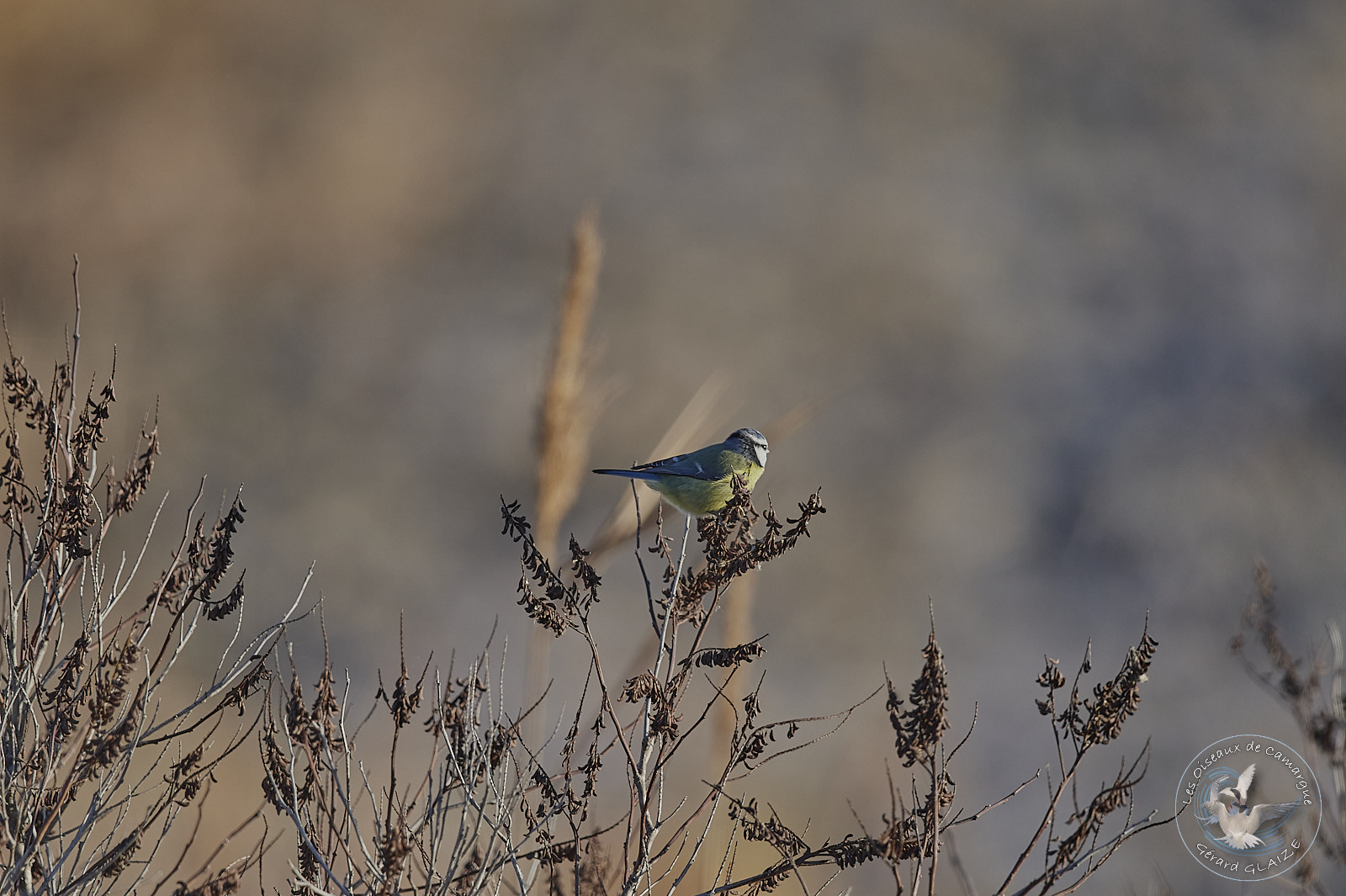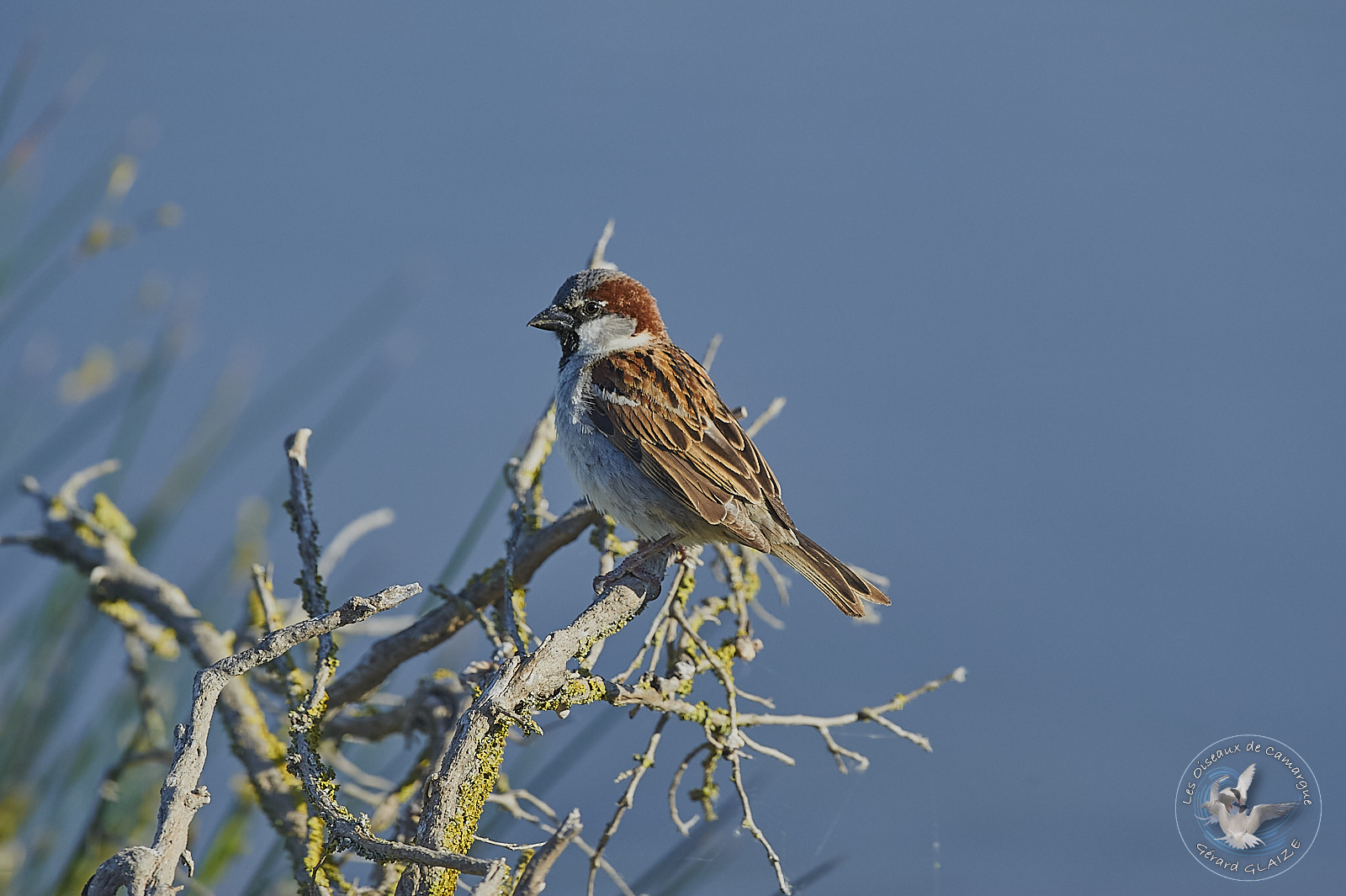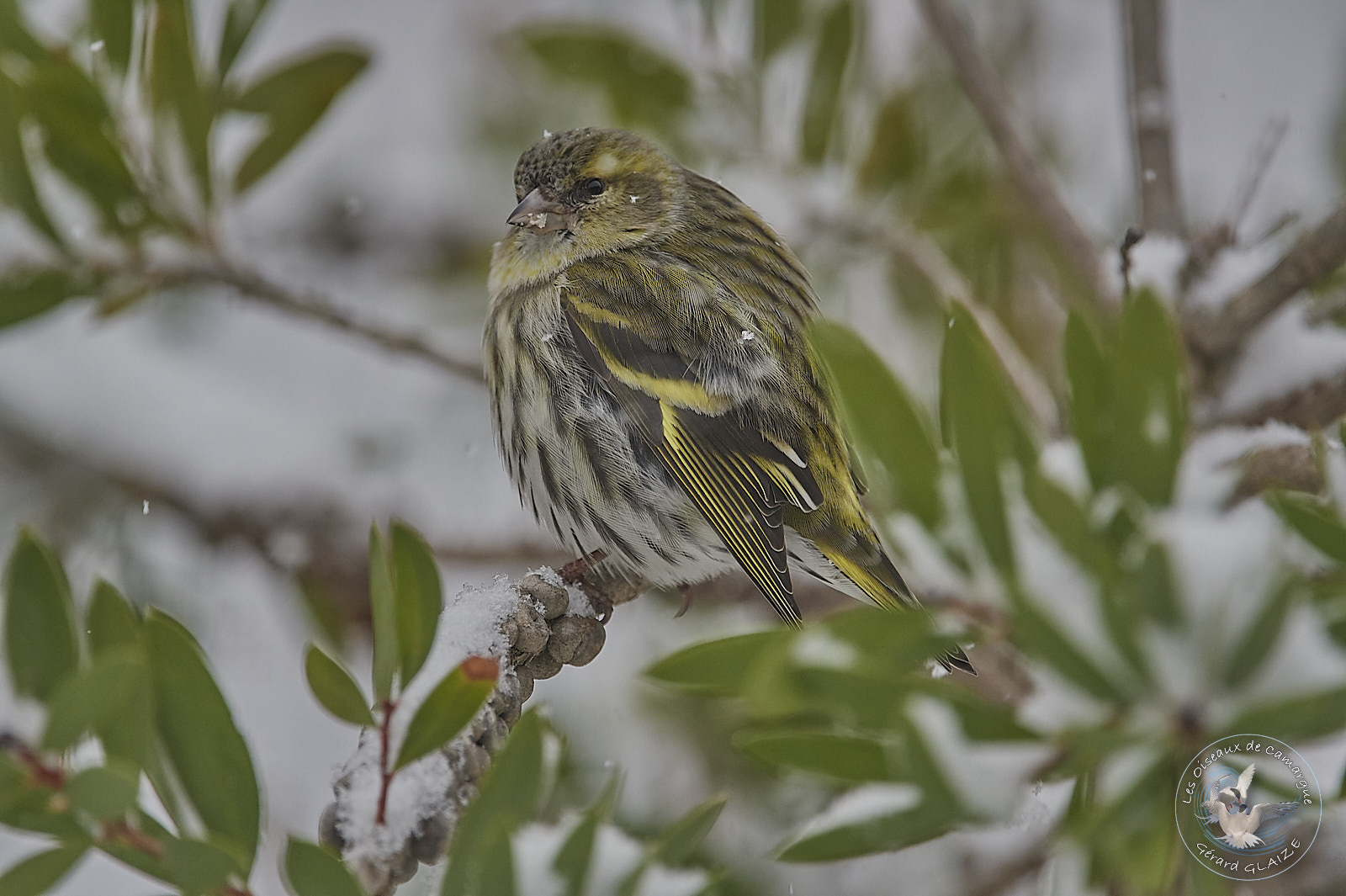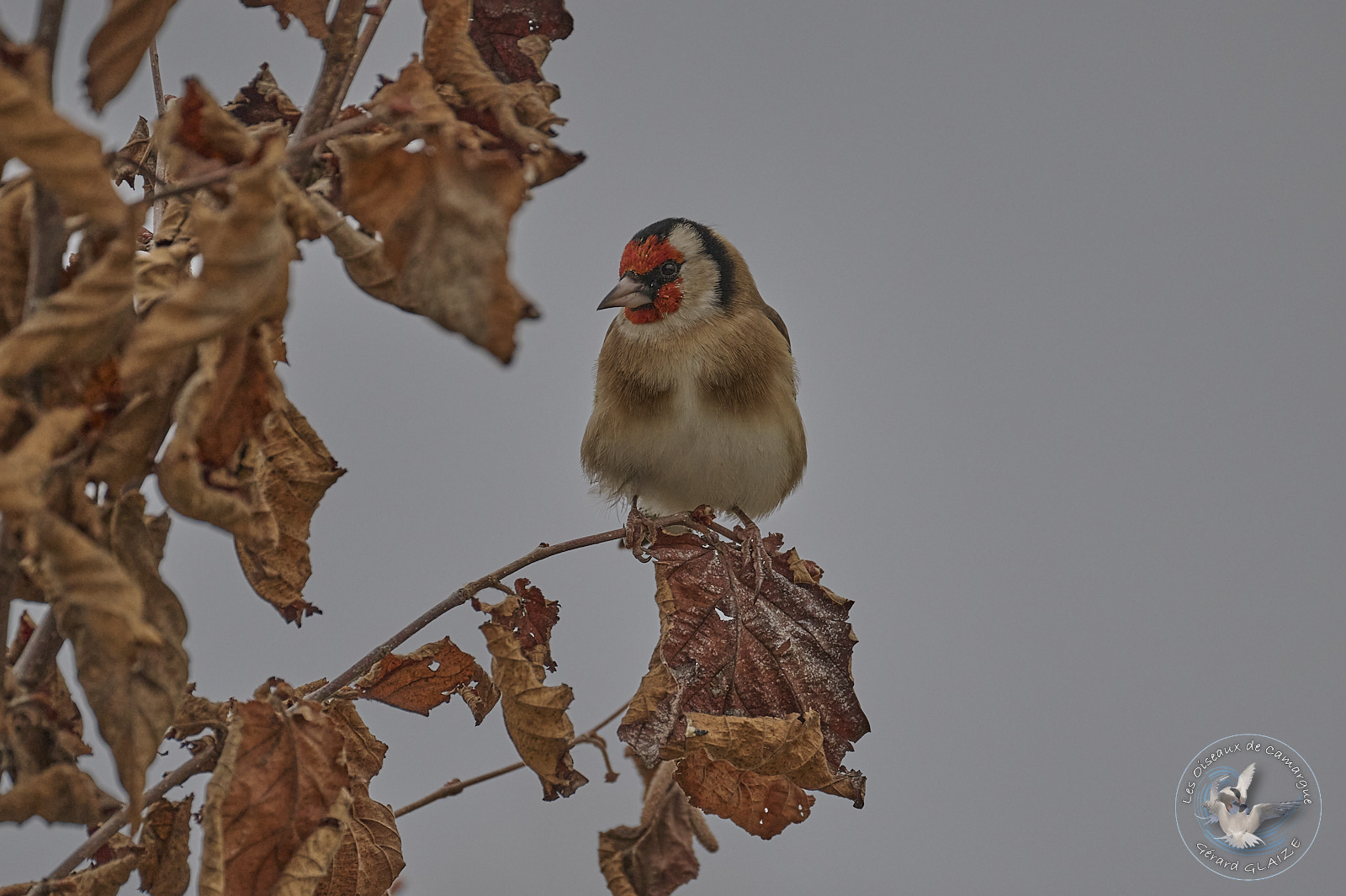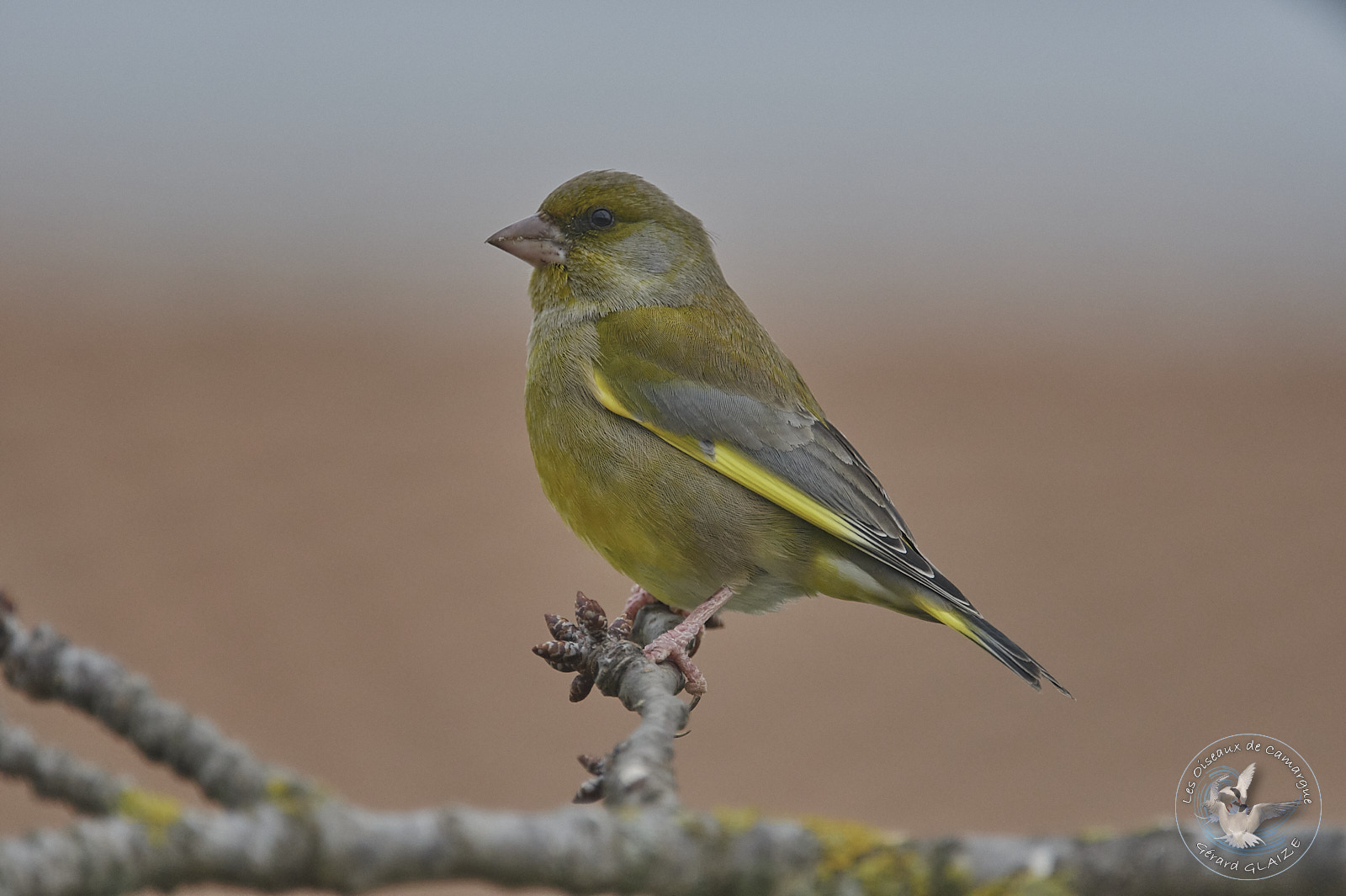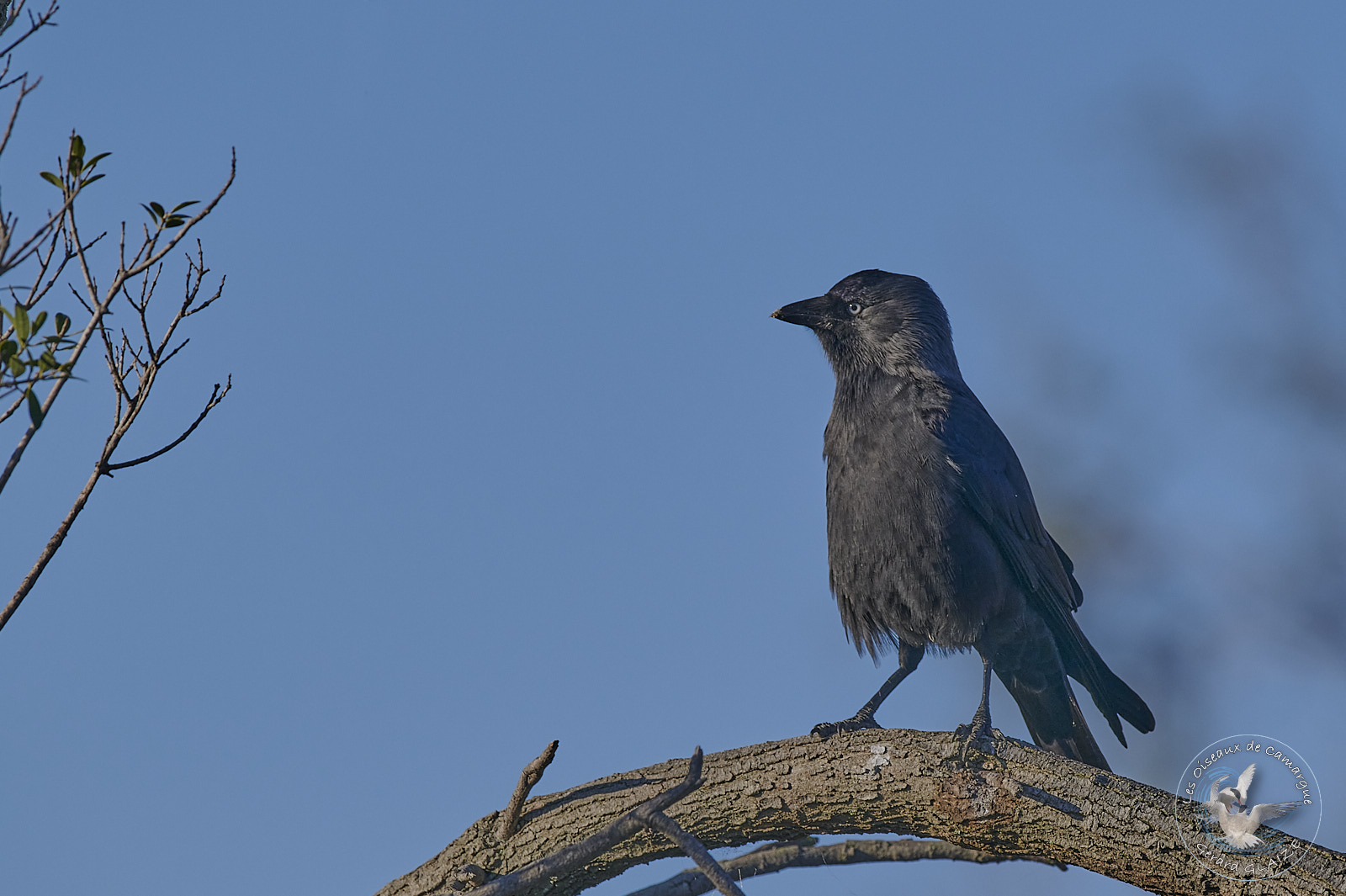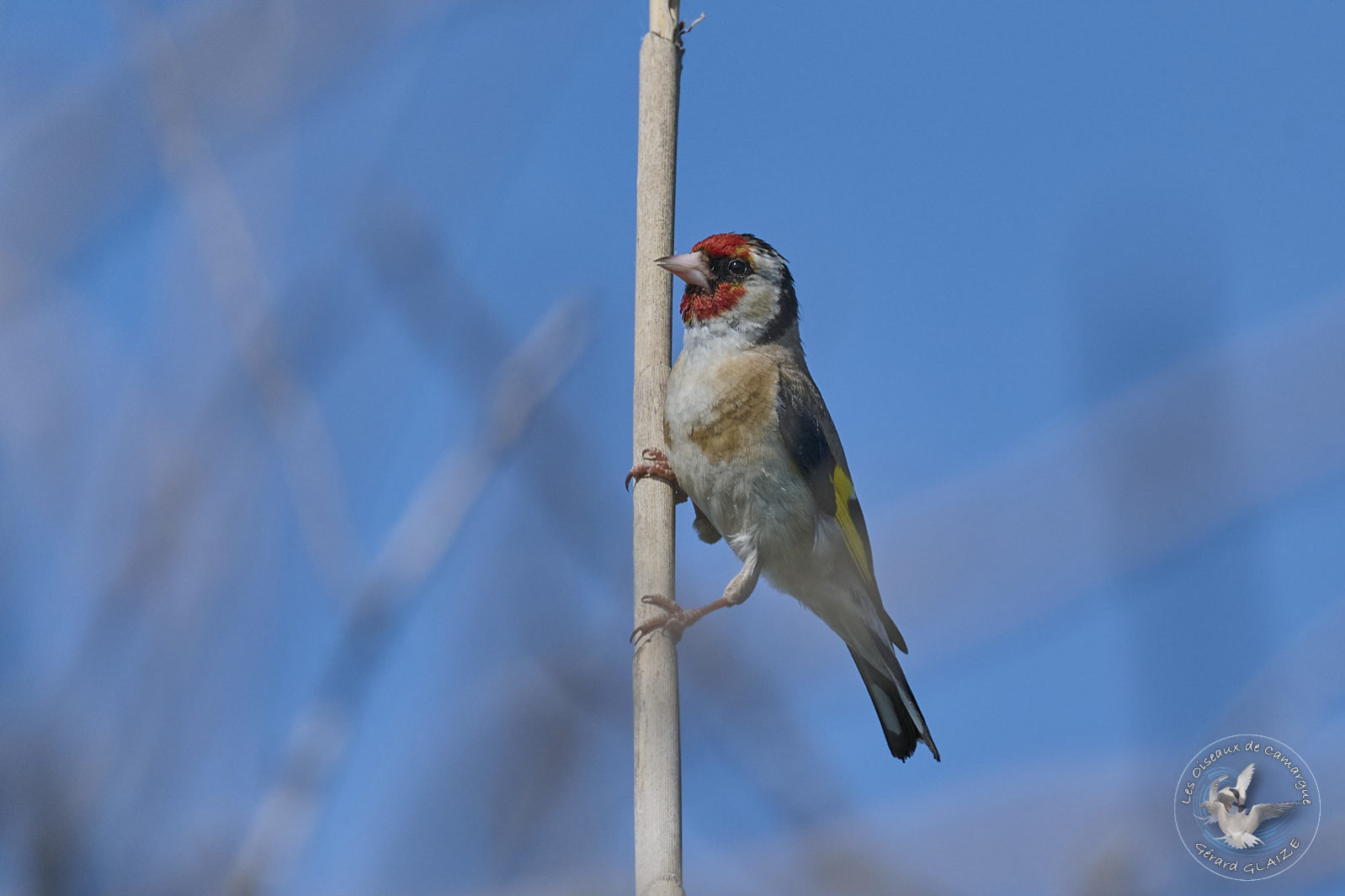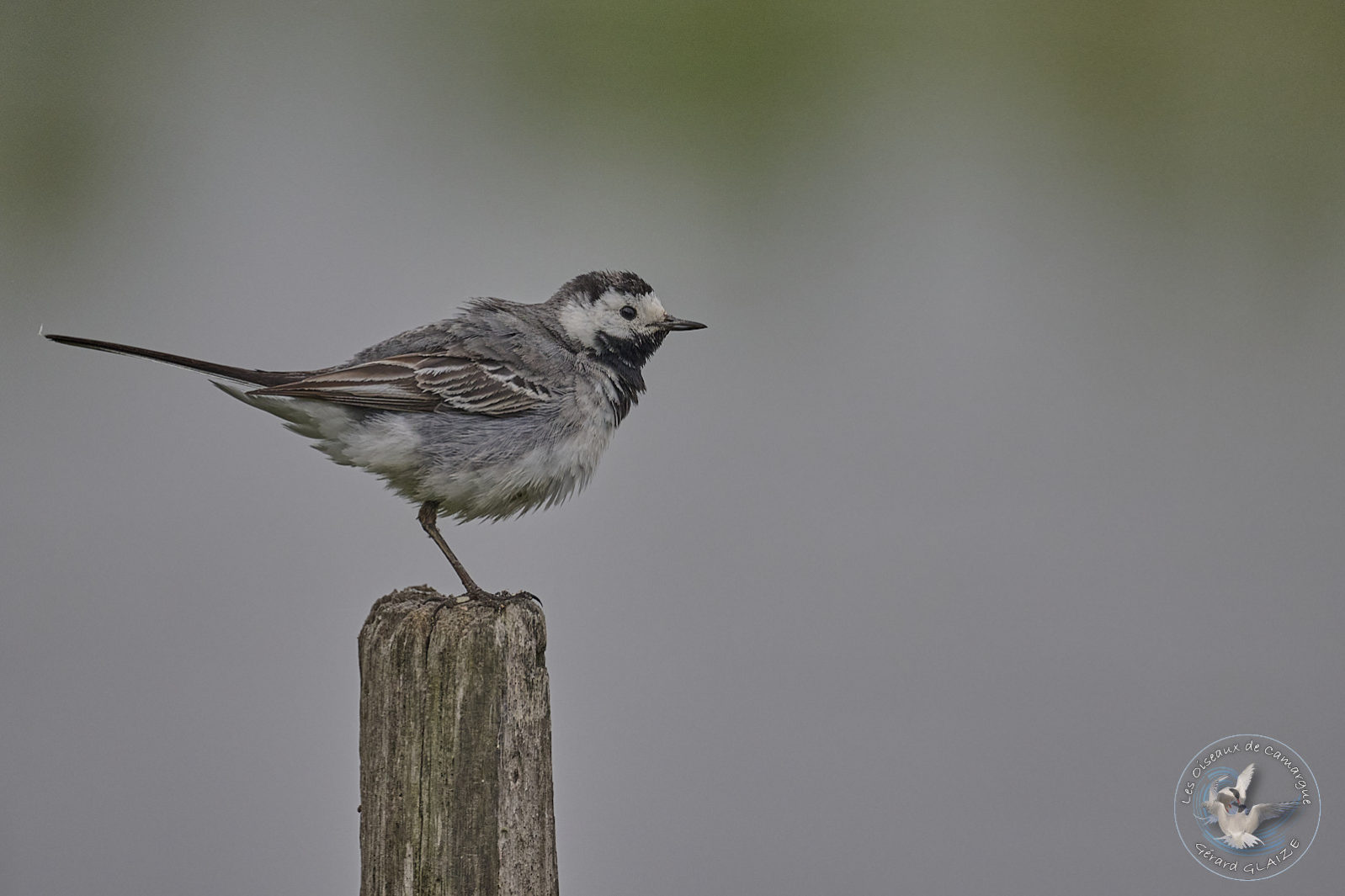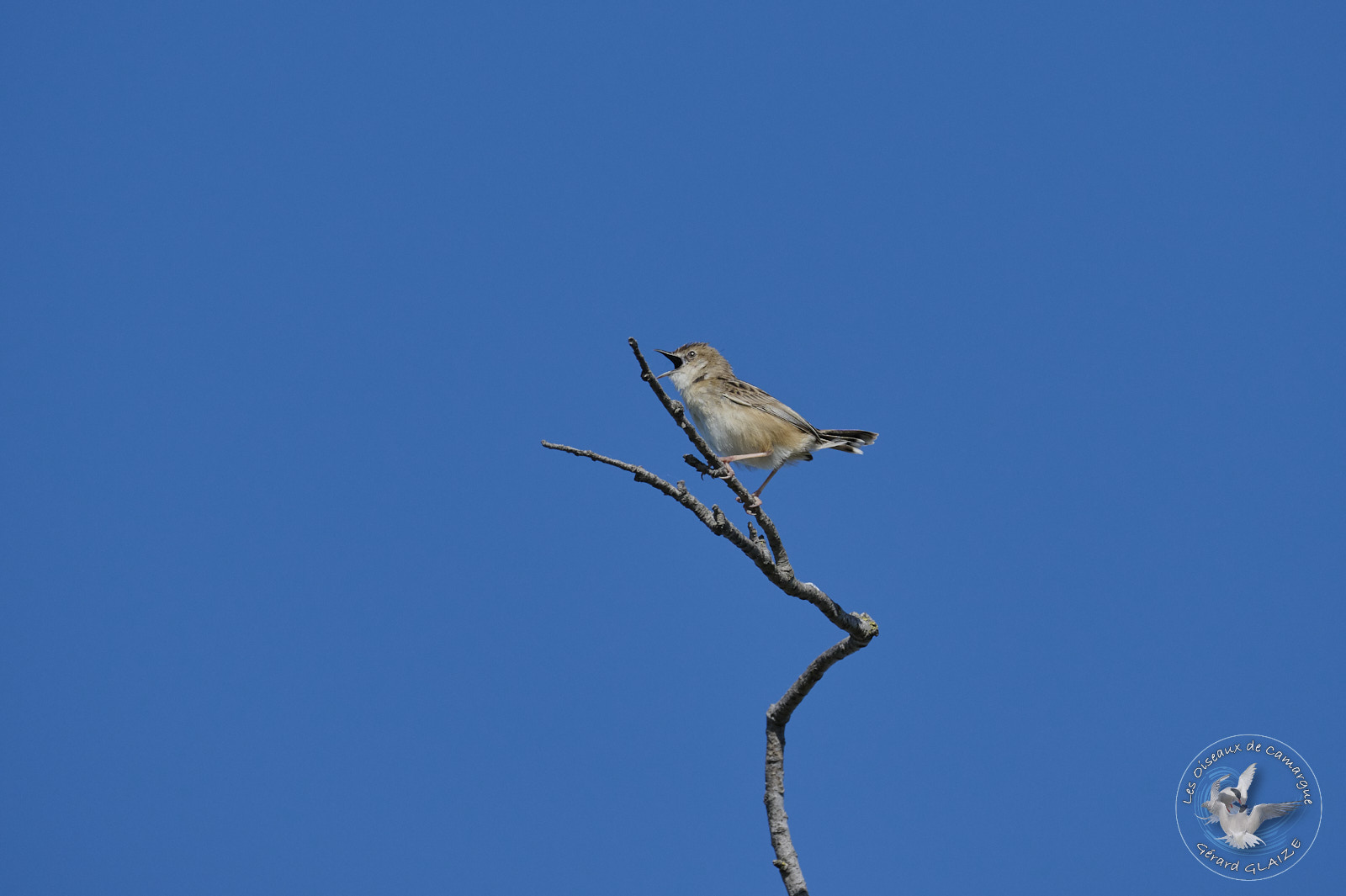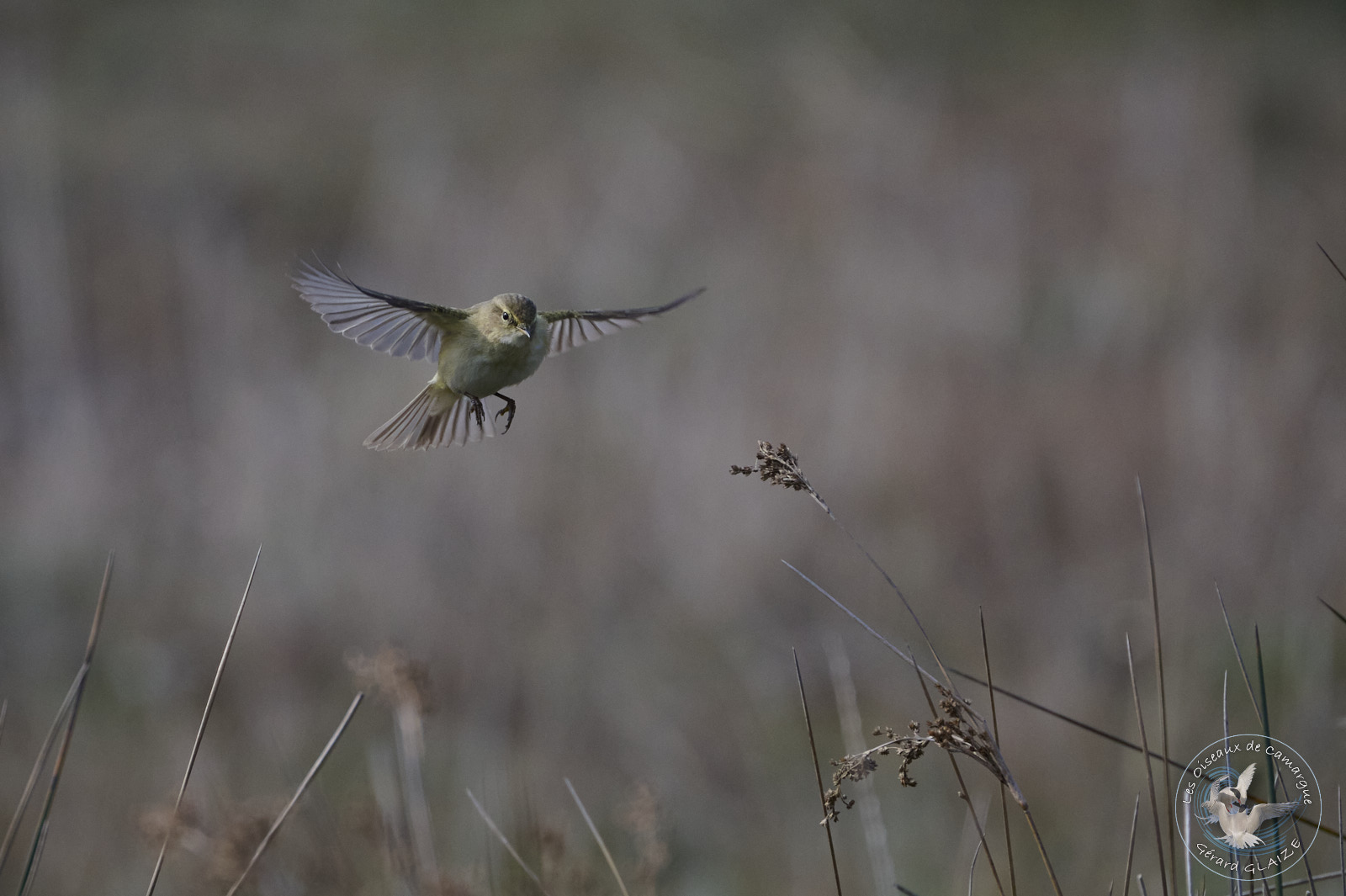Passerines
Passerines form the largest order of the class Avian. The taxon indeed includes more than half of the bird species.
This order is the most widespread on earth. Passerines are found on every continent except Antarctica. It is considered that more than half of the birds in the world belong to the passerine family. These thus represent more than 6647 species out of 11049. (see tutorial on “Notions d’Ornithologie” in French). The Passeriformes family is so extensive that it is furthermore difficult to find characteristics and commonalities among all the bird species it encompasses.
Characteristics of passerines
Many passerines are songbirds (called “songbirds” by English speakers). These have complex muscles to control their syrinx. All open their beaks for food when they are at nest. They have four fingers, three forwards and one backwards (the thumb). They are therefore anisodactyls. Most passerines are smaller in size than birds of other orders. However, the Common Raven is the heaviest and largest sparrow. Conversely, the Crested Kinglet, which is part of this same family, stands out for its small size. It is only about 9 centimeters and weighs only about 7 grams.
Some passerines are exclusively insectivorous, others are granivorous, but still more or less insectivorous while rearing the young. A very small number are carnivorous (the Northern Raven, the Red-backed Shrike). However , it should be remembered that almost all the representatives of this order are useful for agriculture because of the hunting they do against harmful insects.
It is above all this diet that determines the need to migrate or not. In France, strictly insectivorous birds will migrate further south (in Africa) to have food in the bad season. Conversely, those who can adapt to what they find according to the season: insects in summer, seeds in winter; will rather be sedentary.
Link to the site “Oiseaux.net” for more informations on the Birds.
